Every year in June, Pride is celebrated to honor the LGBGTQIA+ community. The initial “Gay Pride Day” was celebrated on the last Sunday of June, but the official celebration day became flexible over time. It also ended up dropping “gay” from the name. Pride Day and its events are celebrated in so many ways, from parades, concerts, and educational events — and it boasts millions of attendees worldwide annually! These events aim to educate and commemorate the gay community's history and impact.
You might ask, “Why is pride celebrated in June?” To answer that, let's talk about the Stonewall Uprising!
The Stonewall Uprising and Its Predecessors
On the dawn of June 28, 1969, the Stonewall Inn in New York City was raided by the police. The bar was a haven where many sought refuge from discrimination. They were accused of illegally operating without a proper alcohol license, arrested employees, and even detained customers for incidental charges.

In addition, businesses that solicited business for gay individuals were a crime. The systemic discrimination was obvious, and the legal allegations were a weak front. Gay and pro-gay establishments faced constant police harassment. The raid on the Stonewall Inn was the third in a short time span.
The criminalization the gay community faced was disproportionate and blatantly homophobic. So, that evening, instead of heading home or backing down, patrons and gay advocates retaliated. What started as a violent show of flying bottles, insults, and trash resulted in the bar catching fire. The police had sequestered themselves inside, and reinforcements showed up to put out the flames. But metaphorically, the fire for the gay rights movement was burning brighter. The uprising carried on for five days.

Though most renowned, this was far from the first gay rights demonstration. Many marginalized groups had organized individual protests in the past to advocate for their minority group. What set the Stonewall Uprising apart was the unification of these groups. Now, as a unified front with a common mission, the gay rights movement gained steam. The social and political rights movement for the gay community became a resistance.
The Stonewall Anniversary: Creating a Legacy
One year after the Stonewall Uprising, gay rights activists organized a protest on its anniversary to continue the fight and commemorate the previous year's events. They did not want the fight for gay rights to be forgotten or lose traction, and so they marched. Literally! The events lasted for a week, The first pride events were a significant turning point, and the political protests and advocacy efforts continue today.

In 2016, the Stonewall Inn and the surrounding areas were officially registered as a national monument under the Barack Obama administration. In addition, in 2019, the 50th anniversary of the uprising, the New York police department commissioner issued a public apology.
The anniversary event was a pro-gay-rights protest and show for gay pride. But it was not smooth sailing — their events were met with anti-gay counter-protests and backlash every time. Many folks were afraid of attending and outing themselves, which would put them in danger.
Pride during the 1970s and 1980s
These early demonstrations were a political statement that inspired the thousands of events now celebrated globally! The uprising also gave way for new collaborative gay rights coalitions to form — and these groups put in the work to demand real, actionable change within their communities and their government. They were vocal and righteous all through the 1970s, educating the government and the public about their experiences.
In 1978, the iconic pride flag that we all know and love made its debut in San Francisco, California! The rainbow flag had eight colors, which symbolized love and diversity, and was designed by artist Gilbert Baker. The current one has six colors. Here is what each represents:

Hot pink and Indigo are typically left out but symbolized sexuality and harmony, respectively.
During the 1980s, the AIDS epidemic manifested what it began in the mid-1970s. It had spread to multiple continents and created a lasting stigma about high-risk sex among the gay community. This stigma is still present in medical processes, such as donating blood, today. Pride events began to focus more on social-political activism, shedding light on the issues affecting the gay community, such as advocating for AIDS research and fighting against social stigmas.
Acceptance increased among the straight population, and supporters grew exponentially!
How Pride Month is Celebrated Across the Globe
In the United States, Pride celebrations tend to take place in June. But in other countries, they may be celebrated during other months. Multiple organizations work together to stagger these events between states and countries to maximize their community's education and exposure efforts. It also allows supporters to attend multiple celebrations. A few of these global organizations attract attendees in the millions!
The Future of Pride Month
In 1994, October was designed at LGBTQ+ history month. October 11 was designated as National Coming Out Day as well! Organizations formed
Though COVID-19 dampened 2020’s pride celebrations, 2021's pride plans remain hopeful! 2020 was also the 50th anniversary of the first Pride March on Christopher Street in New York City. The first march had anywhere between 3,000 to 5,000 participants - today, the crowd has grown in the millions!
How You Can Show Your Pride
No matter your orientation, Pride Palace's mission is to support and amplify the LGBTQIA+ community. By offering flags, pins, hoodies, and other merchandise to put your pride on display, we believe you deserve to be seen, supported, and celebrated. We welcome the community to share their stories on our platform to raise awareness and celebrate your unique experiences.
How to Support LGBTQIA+ as an Ally
If you don't identify as someone in the LGBTQIA+ rainbow, there are many ways to show your support. Donating funds and time to causes with pro-gay agendas are great — but what will help the fight to normalize homosexuality's many facets is public discussion. Share and amplify marginalized voices and proactively create safe spaces for people to share their experiences. This validates their existence and embraces their diversity. There’s even a straight ally flag you can put on display to show your support!
Here are a few notable organizations that were created that are definitely worth supporting and learning about. They continue to carry on Stonewall’s legacy for gay rights advocacy and education nationally and across the globe.
Human Rights Campaign: HRC is the largest LGBTQ+ advocacy and political group in the U.S.
GLAAD: This is an American-based media organization that was founded to fight against anti-LGBTQ+ media coverage. It has grown to cover multiple industries over the years.
PFLAG: this organization is the U.S.'s first of its kind, aiming to unite families and allies with LGBTQ+ individuals. They now boast local chapters across the nation.
Queer Nation: Established in March 1990, this gay activist organization focused on HIV/AIDS advocacy and the subsequent harmful stigmas and anti-gay violence.
Key Takeaways
The Stonewall Uprising left a legacy of gay rights advocacy — thanks to the events, Pride celebrations have found their place all over the world. In the following decades after 1969, many advocacy organizations garnered attention for social and political issues that exposed systemic homophobia. Today, the LGBTQIA+ community can celebrate and embrace their diversity, thanks to their courageous predecessors. Don't forget the folks that made it all possible!

Sources:
https://www.loc.gov/lgbt-pride-month/about/



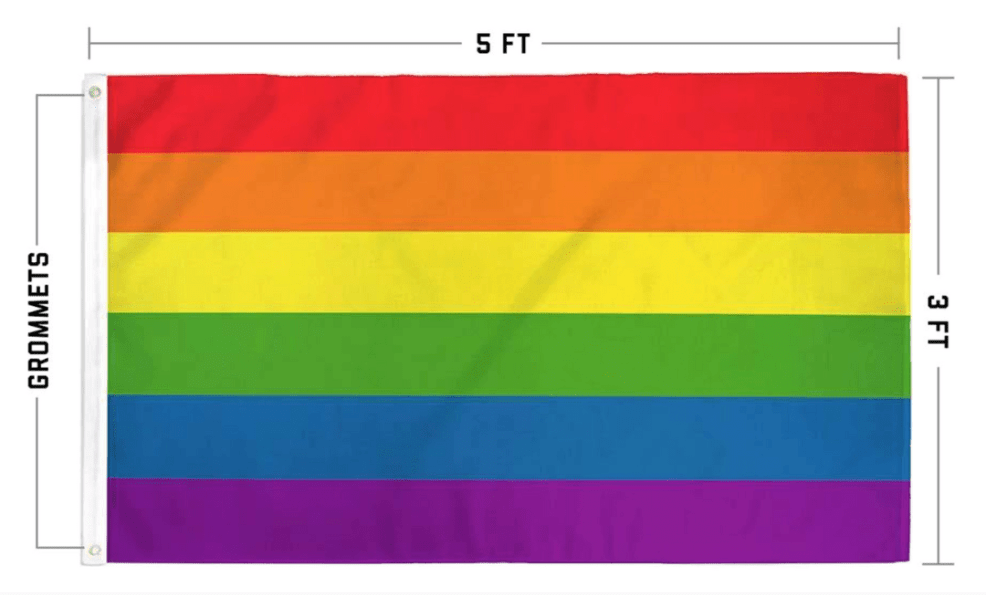
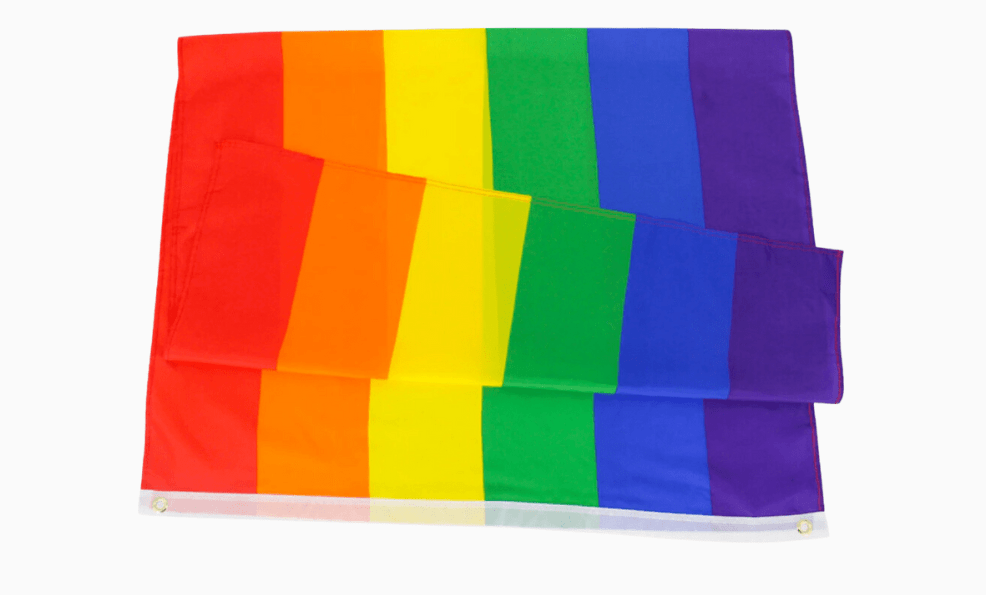
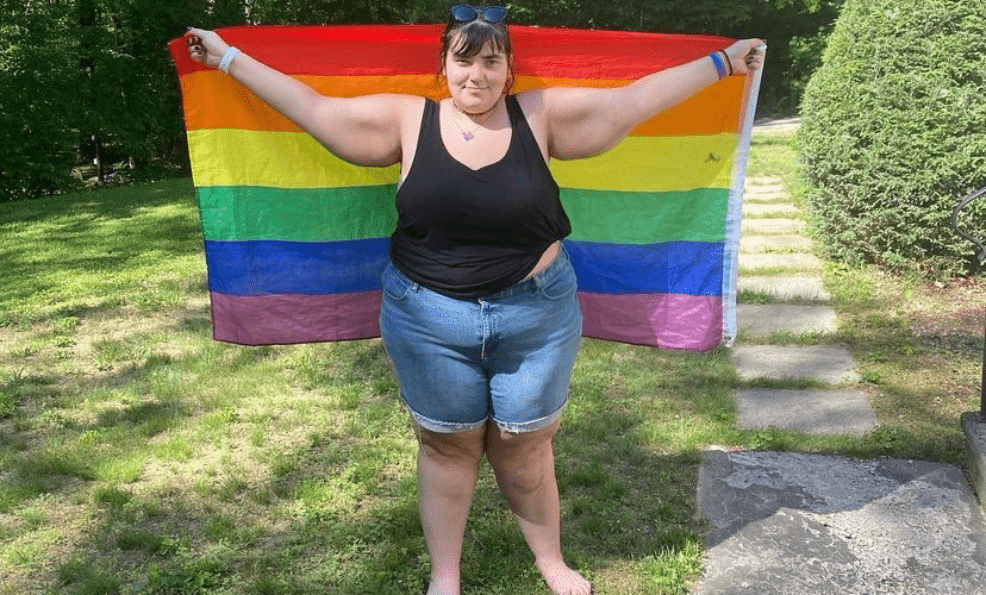
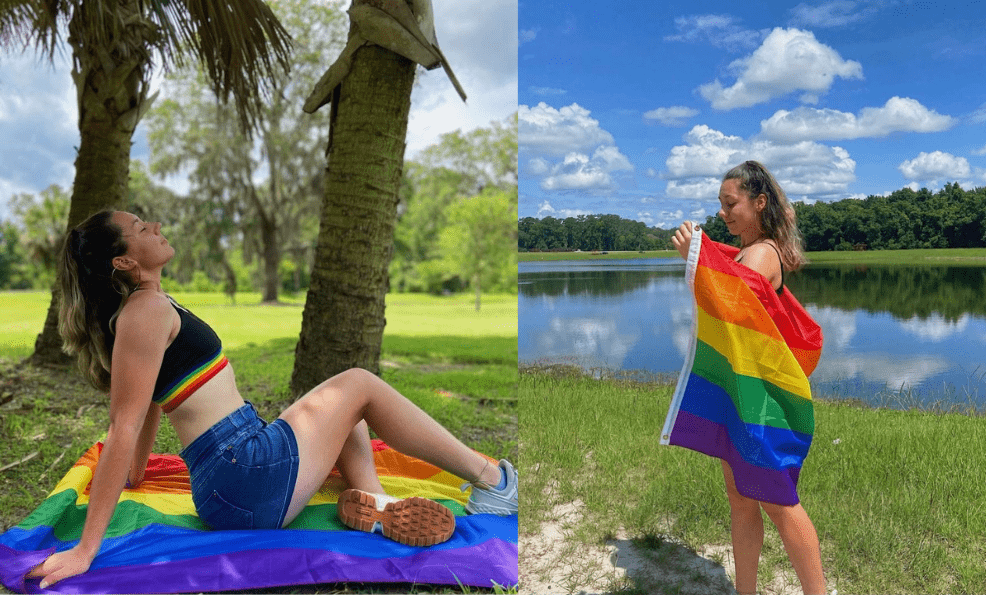

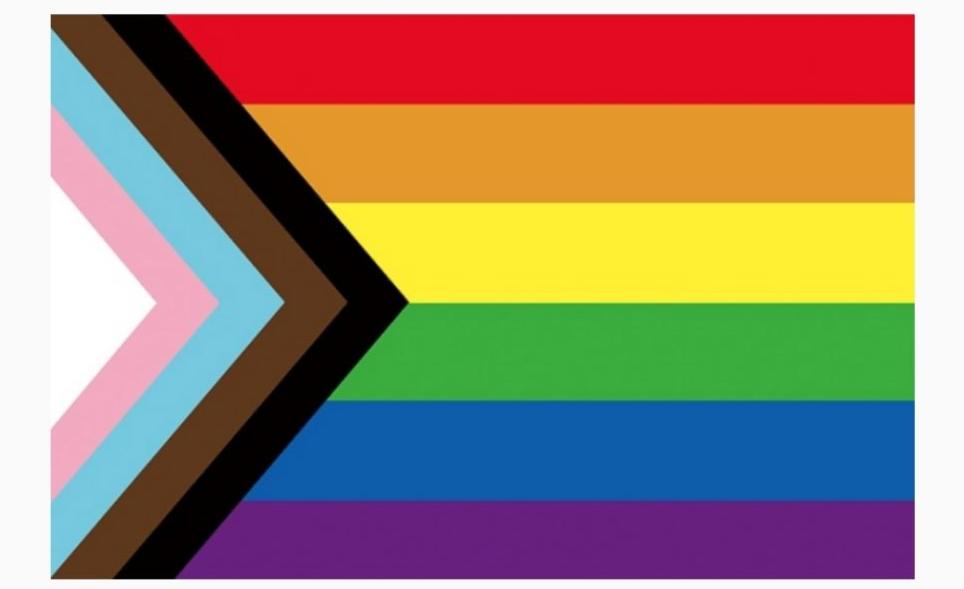
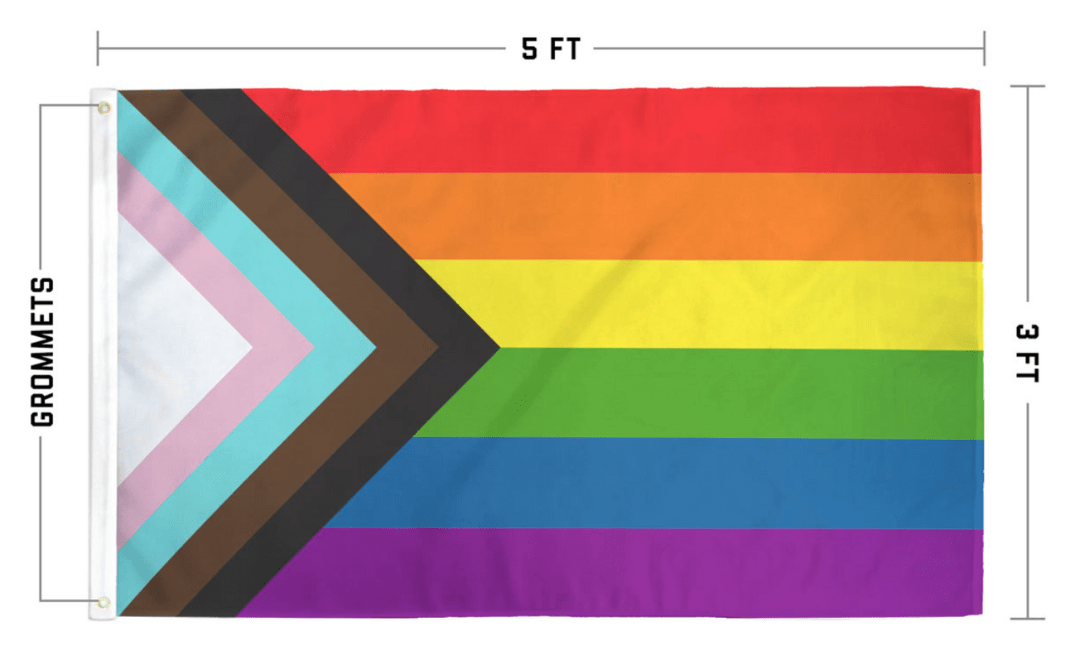
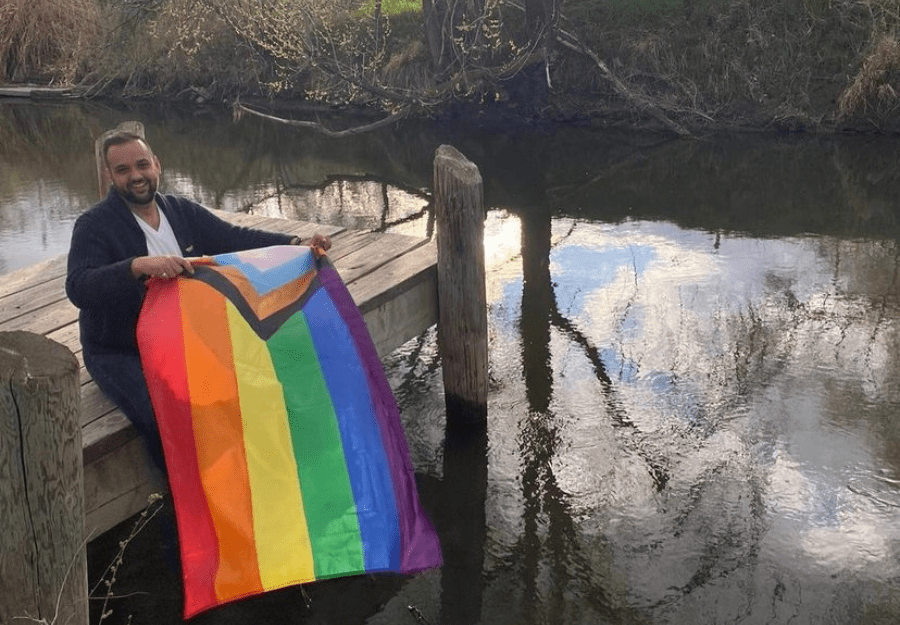
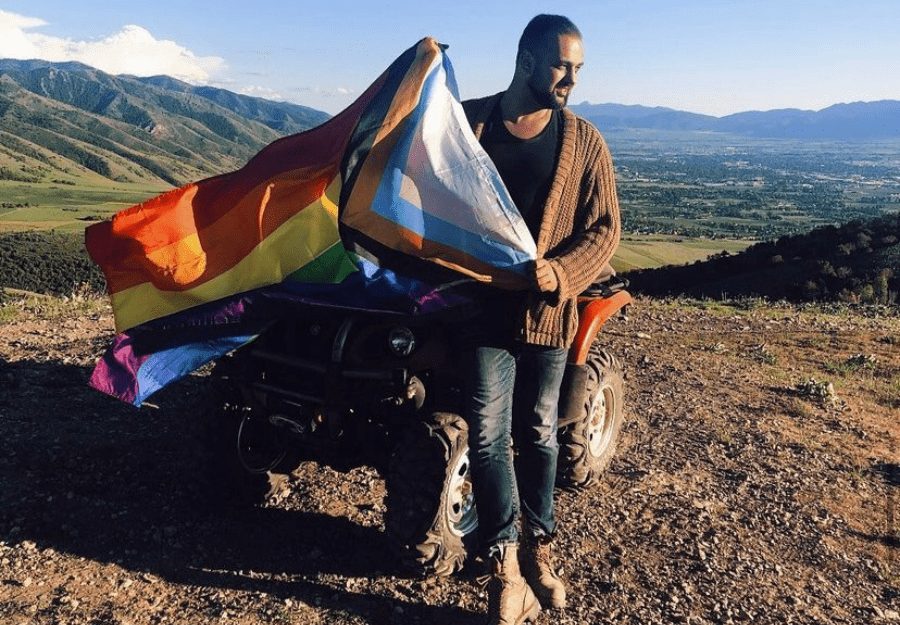
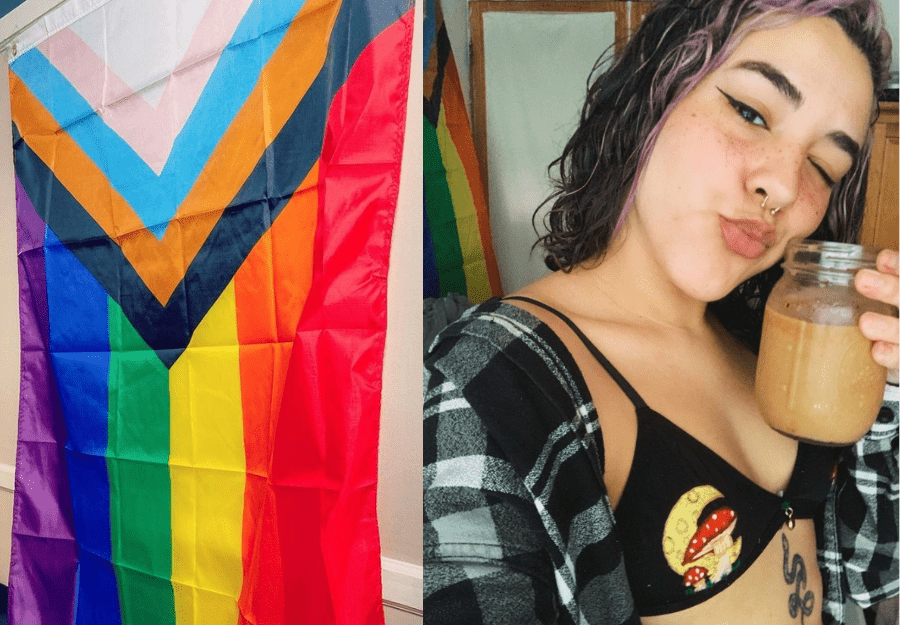
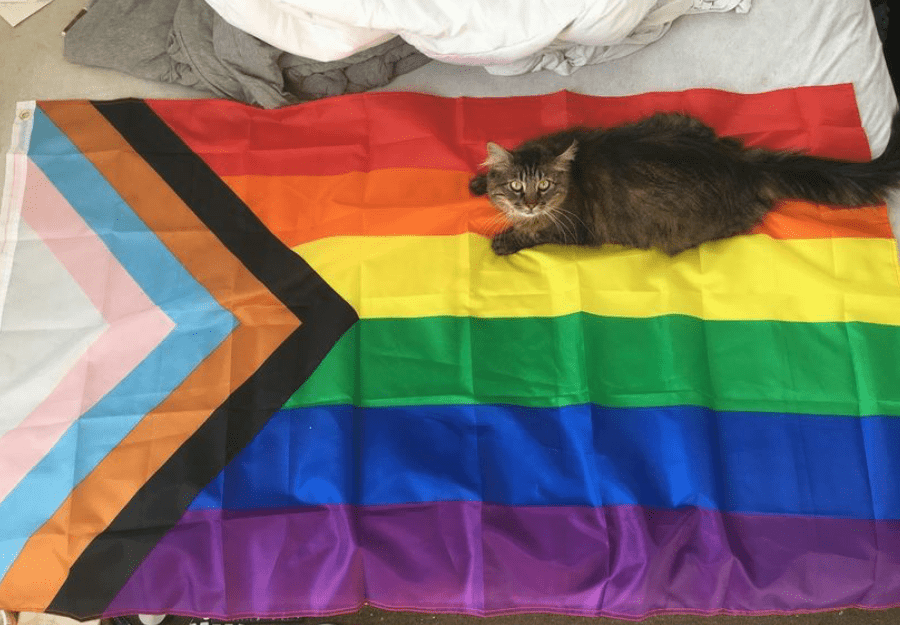
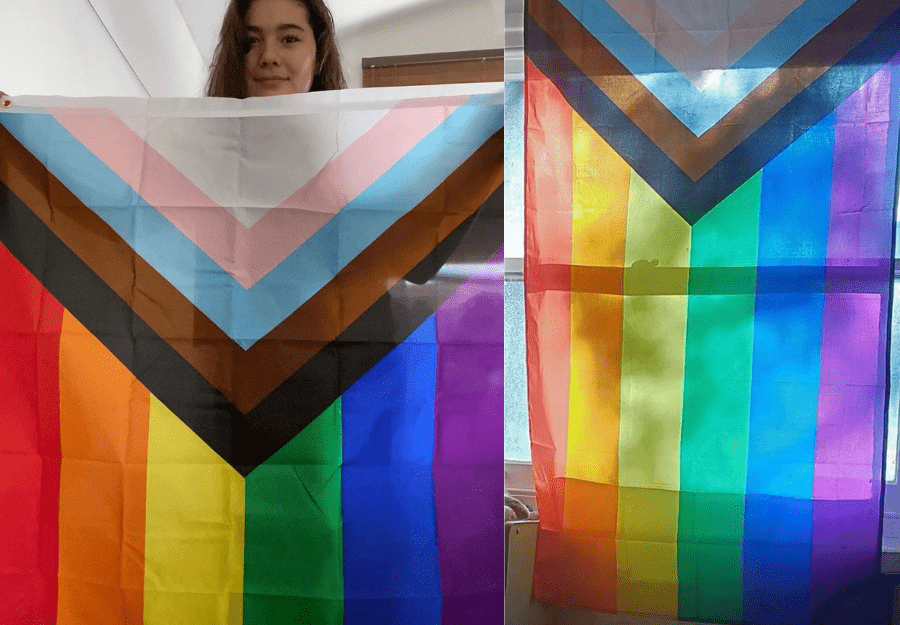
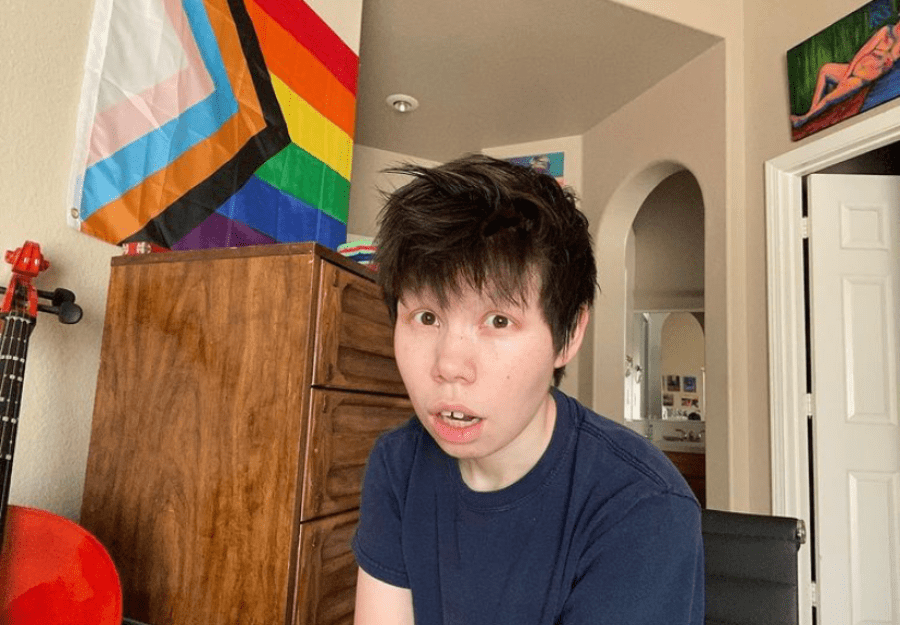

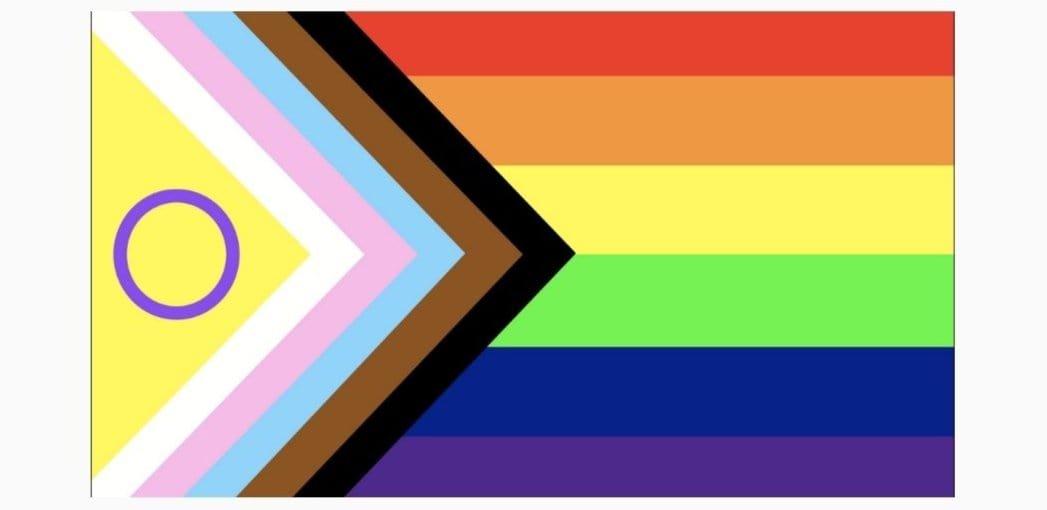

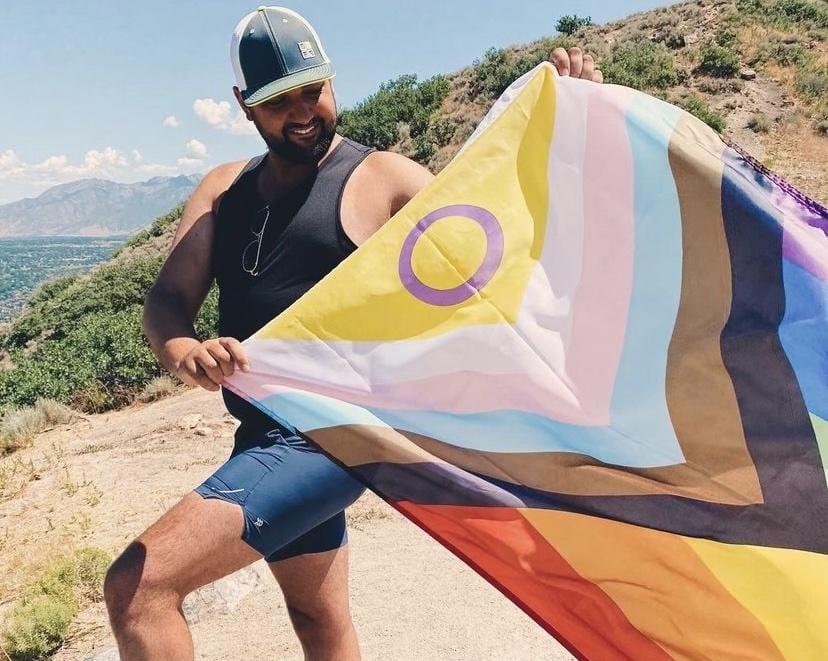
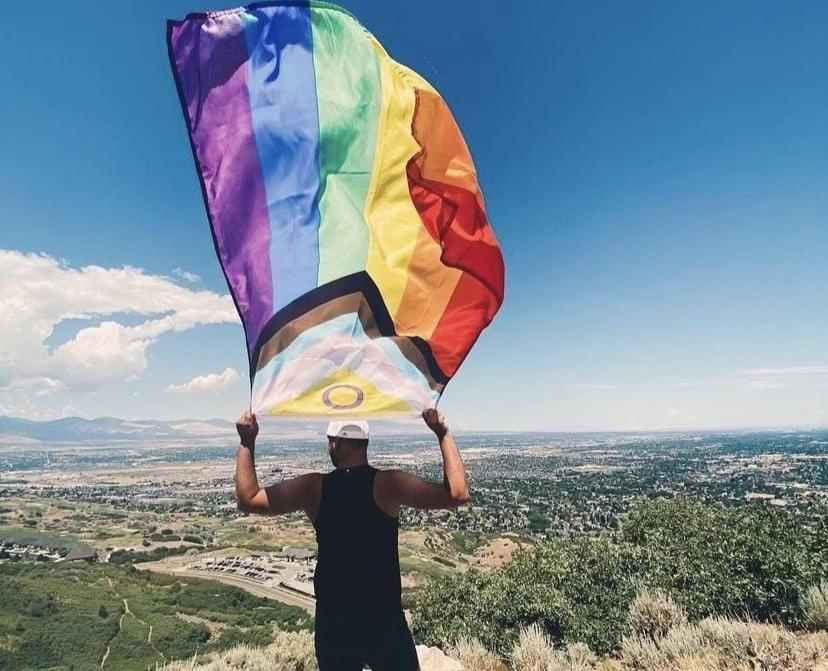

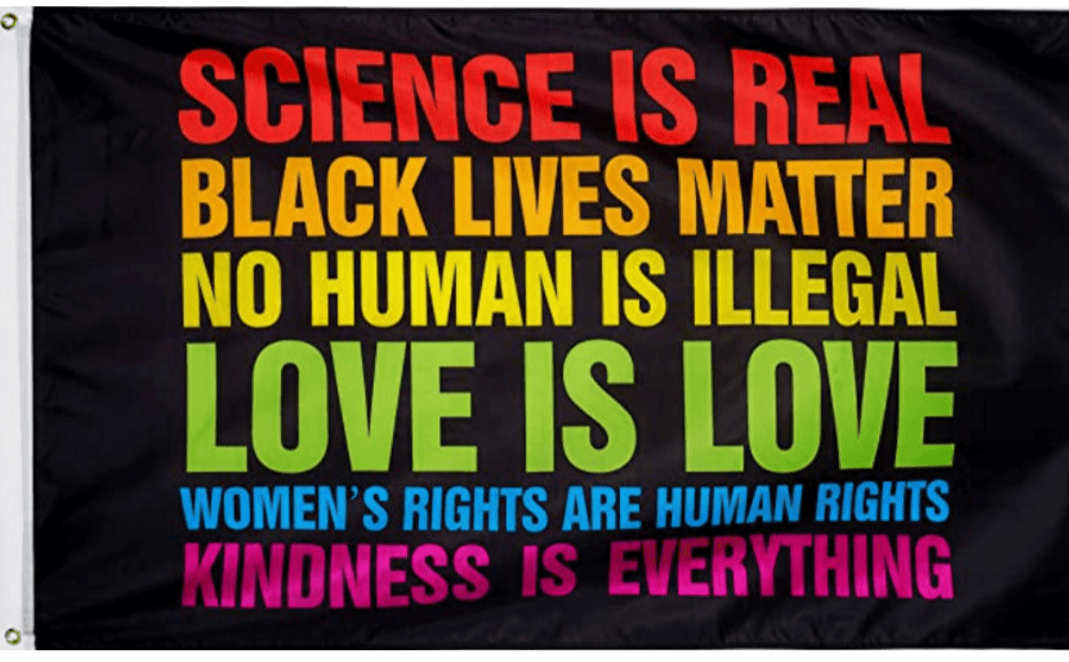

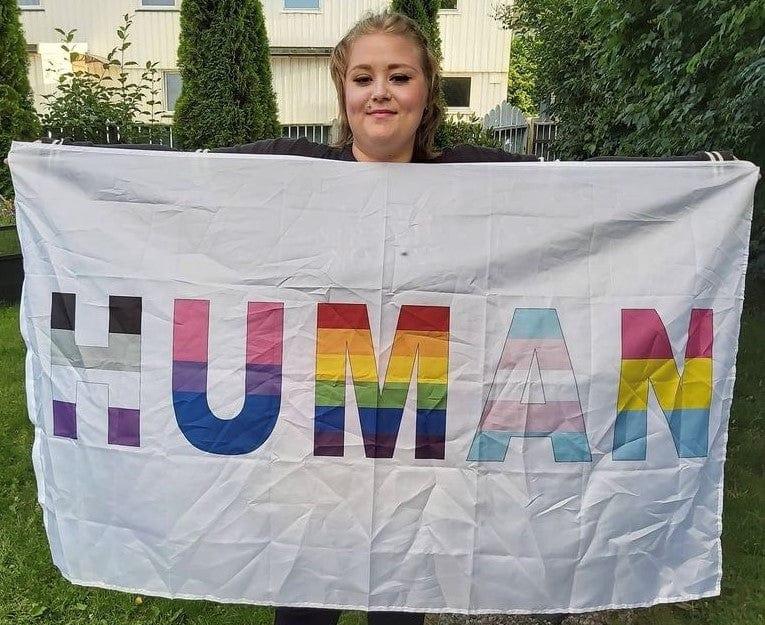
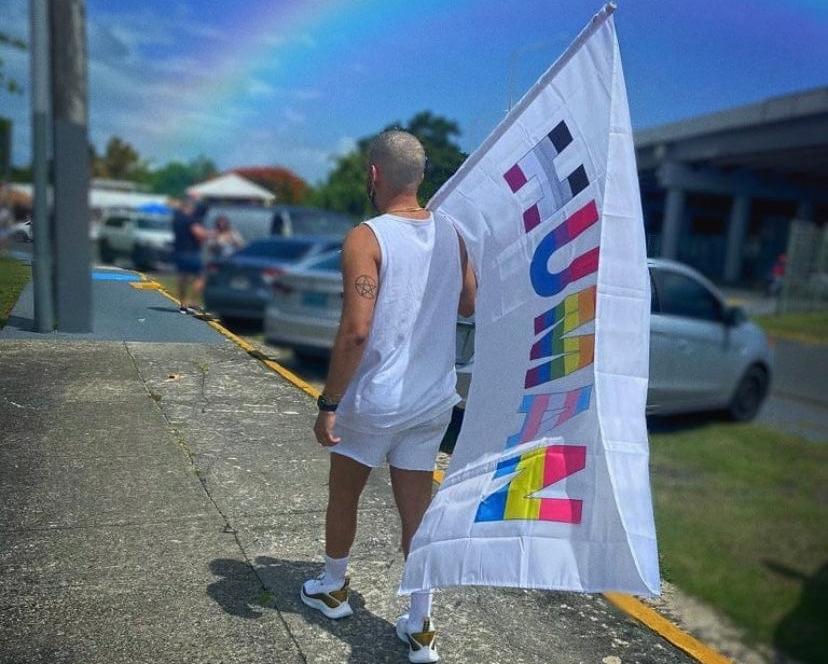
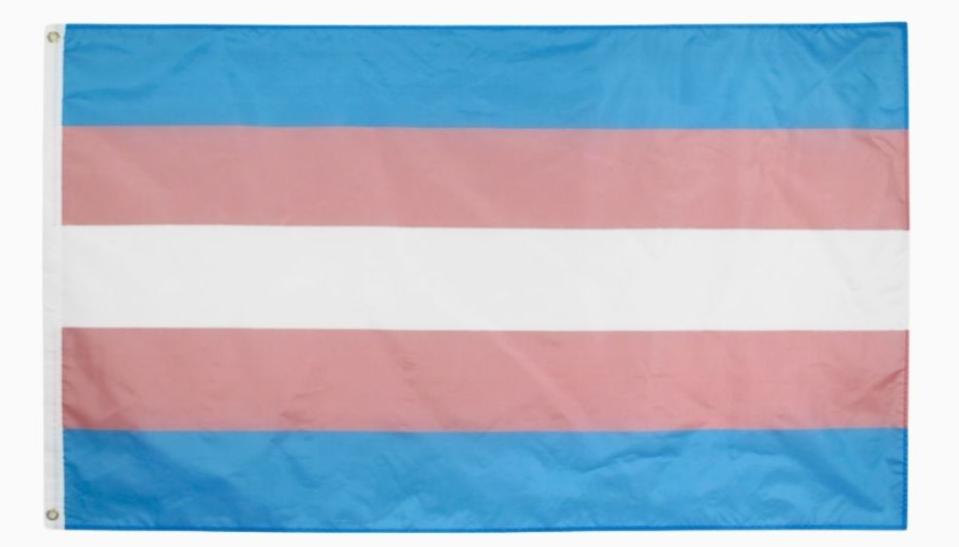
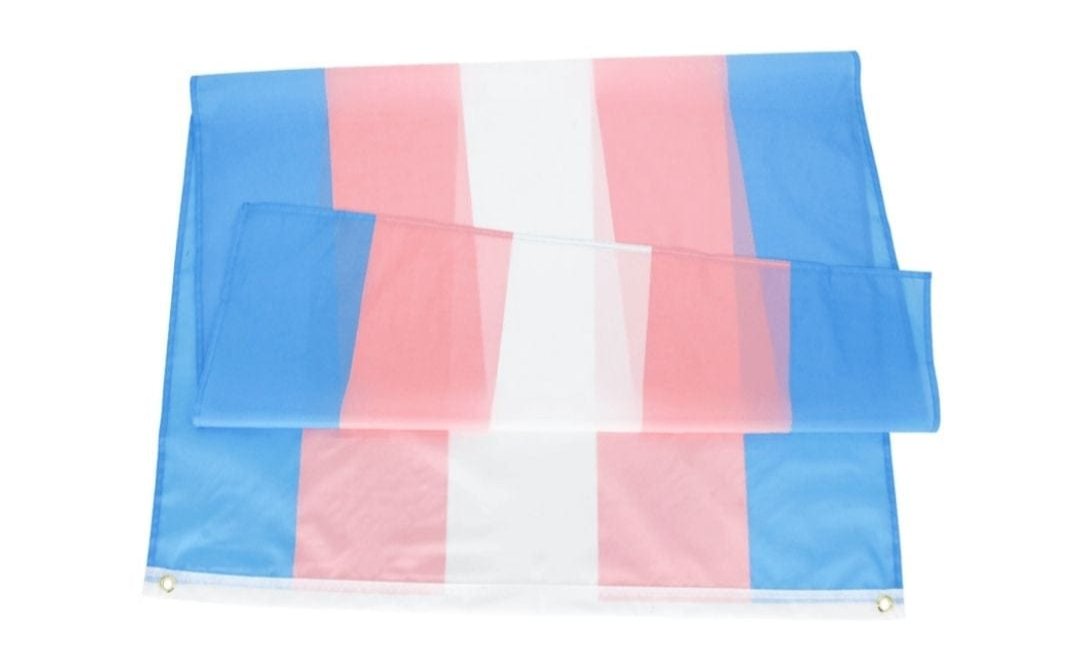
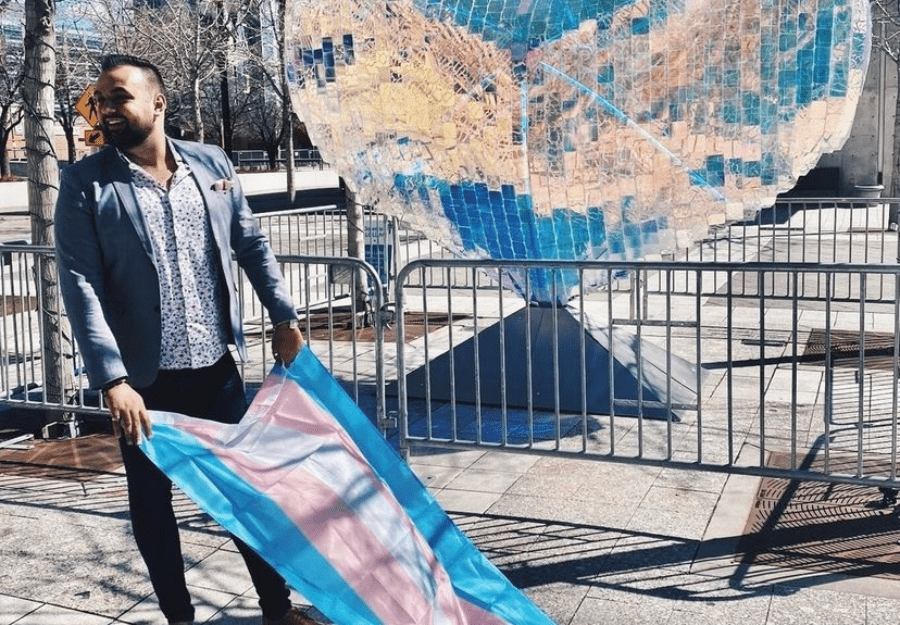

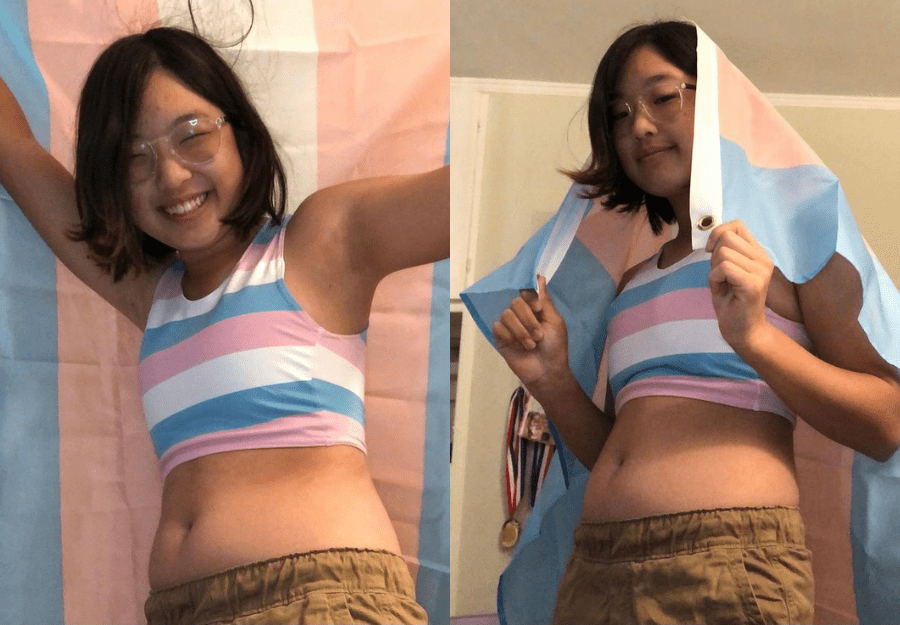
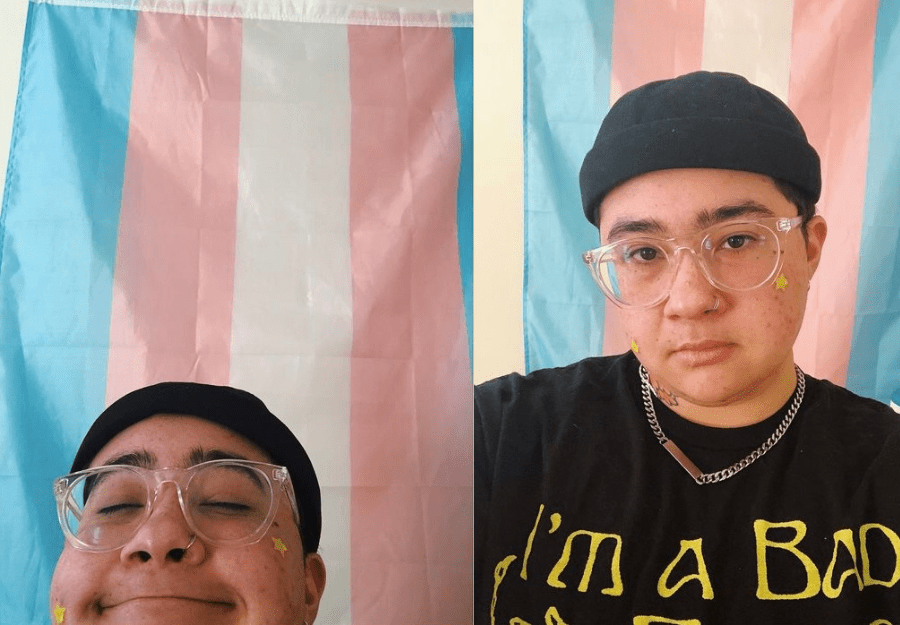
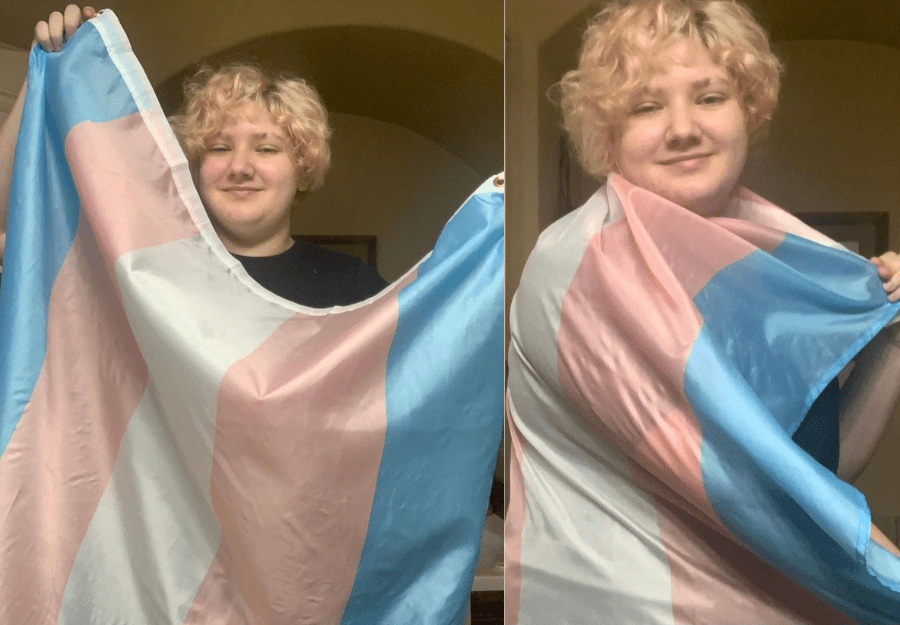

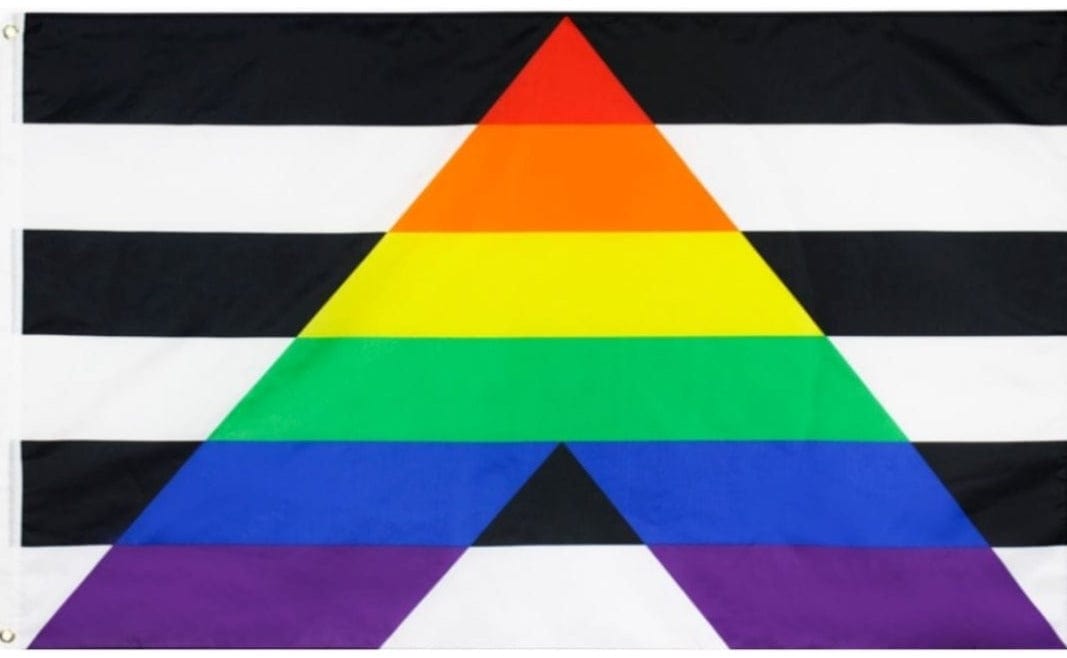
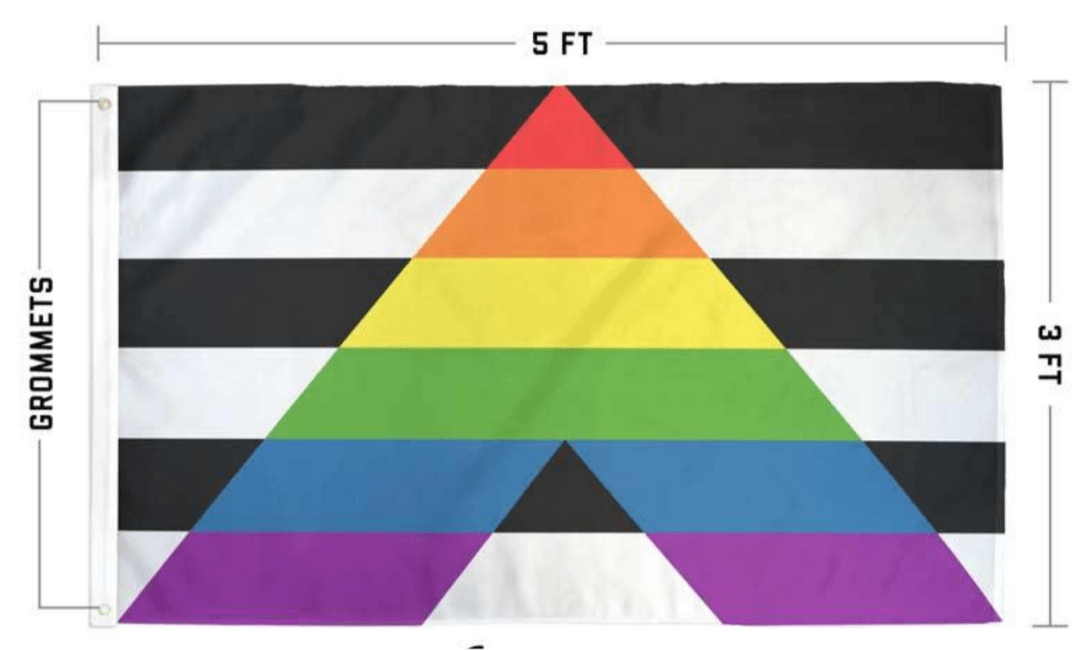

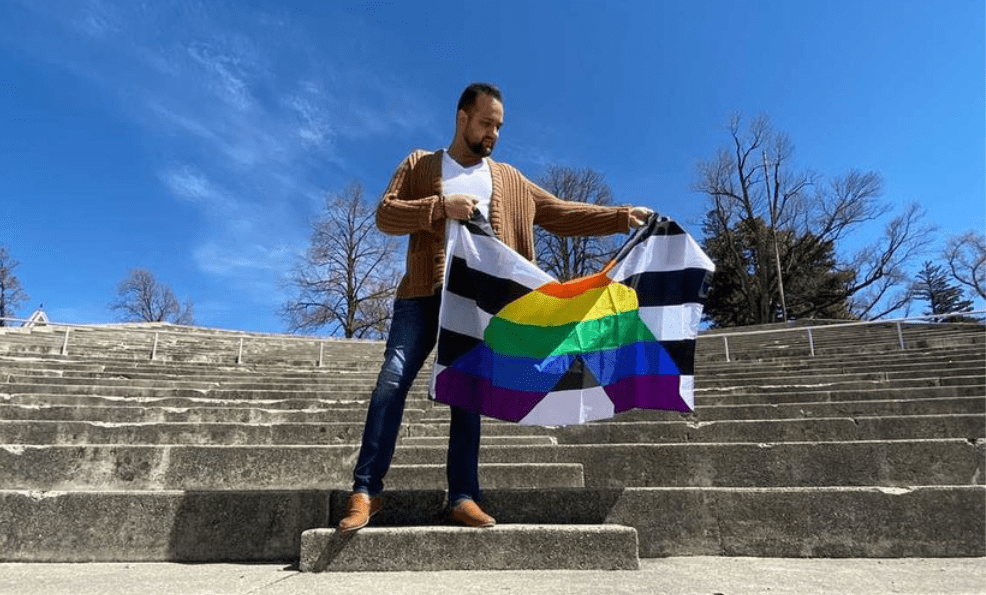
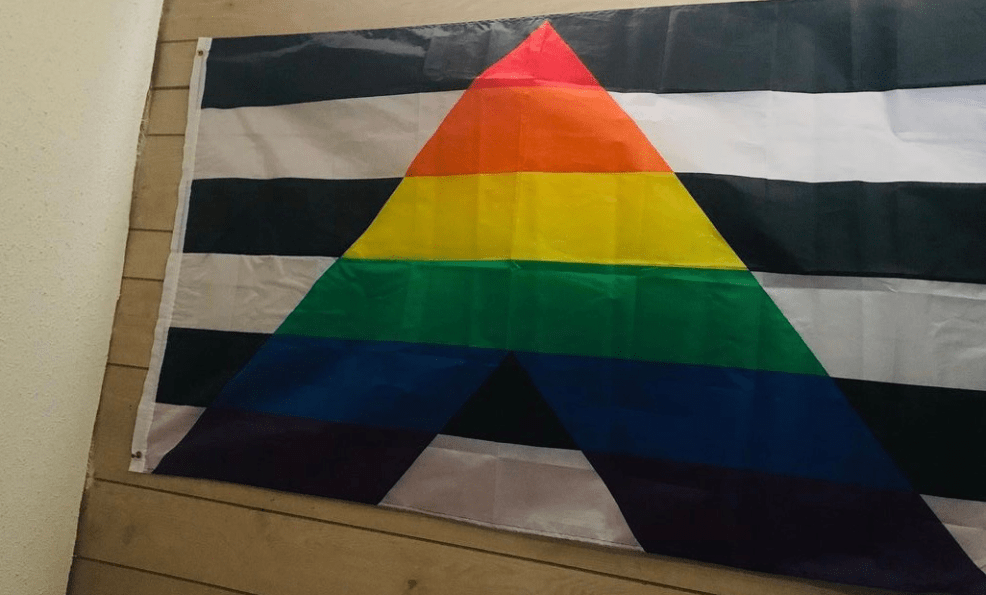
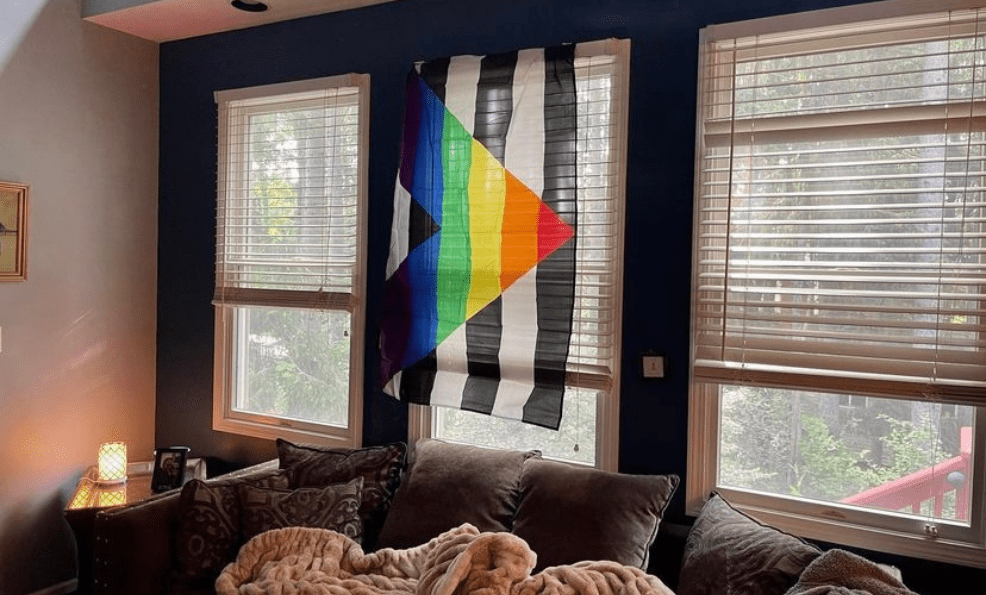
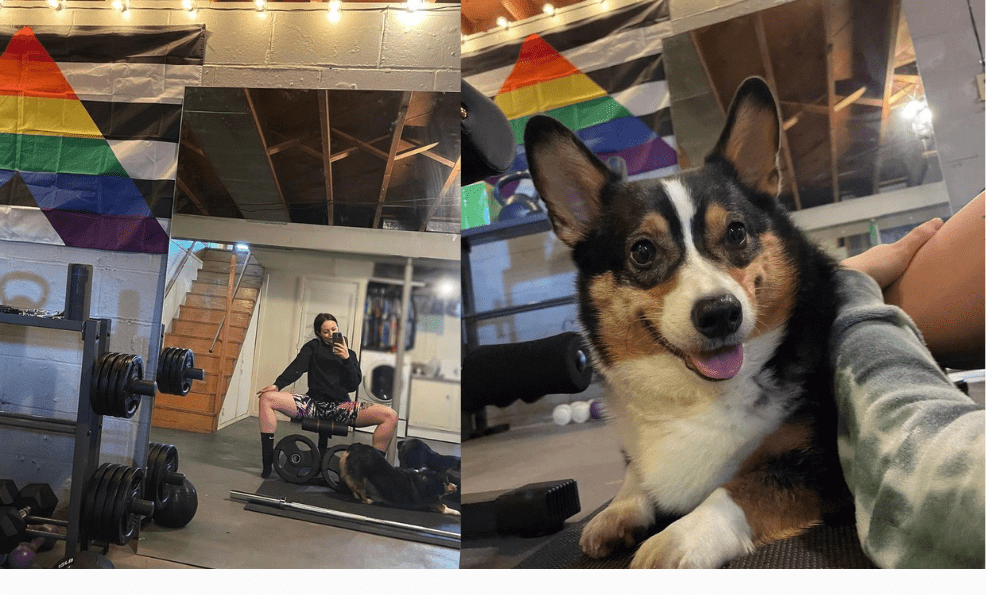
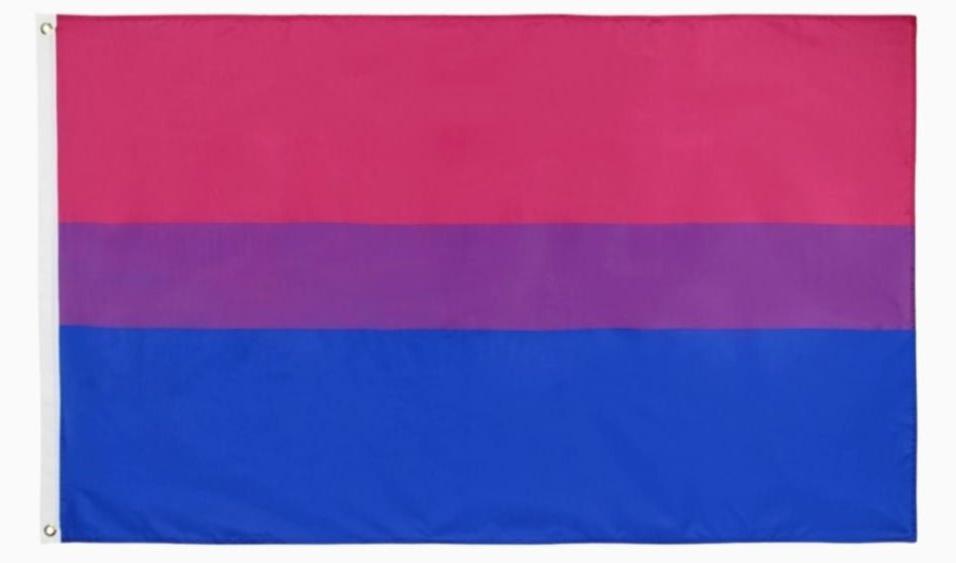
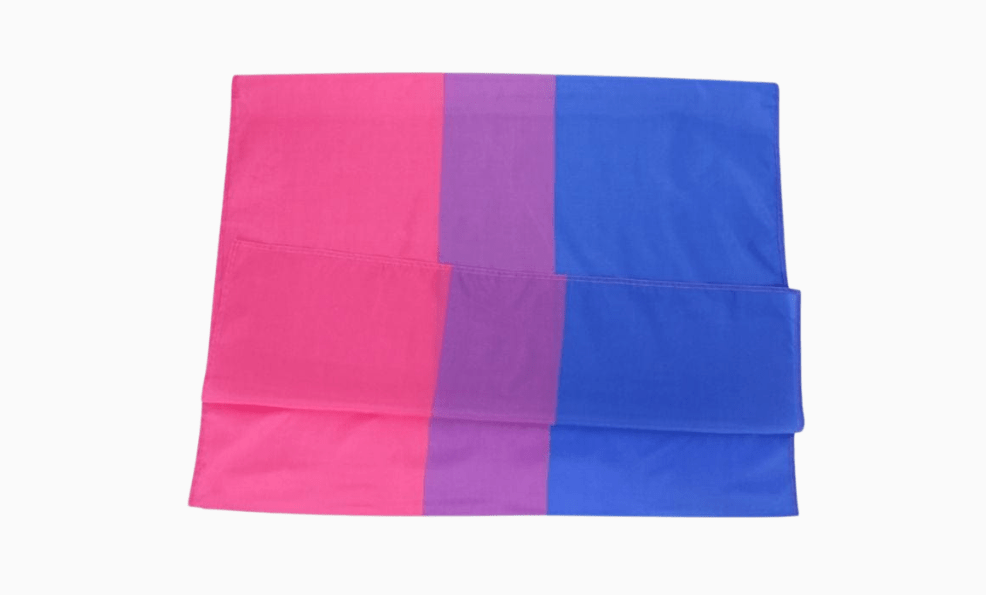

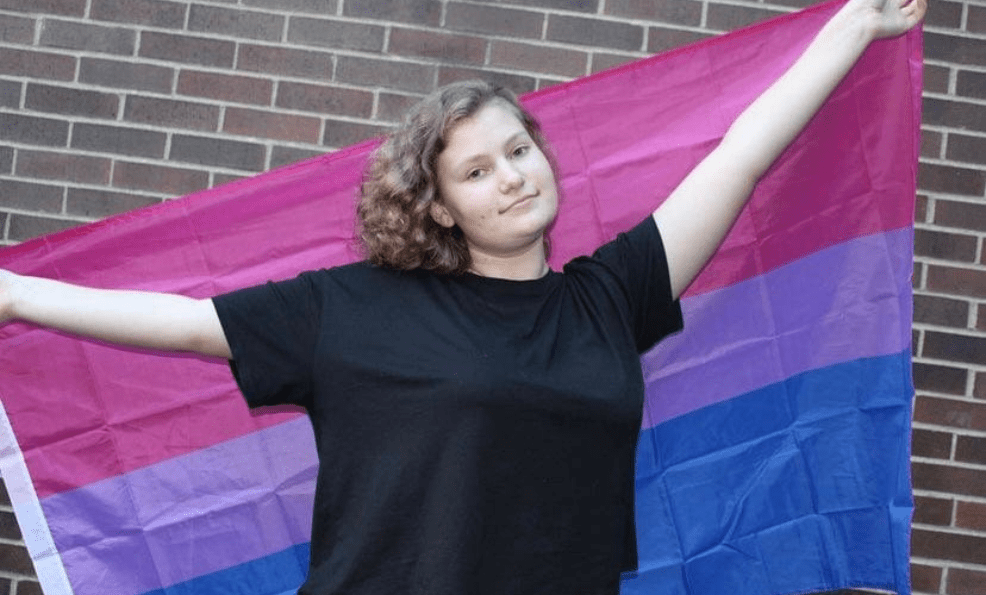
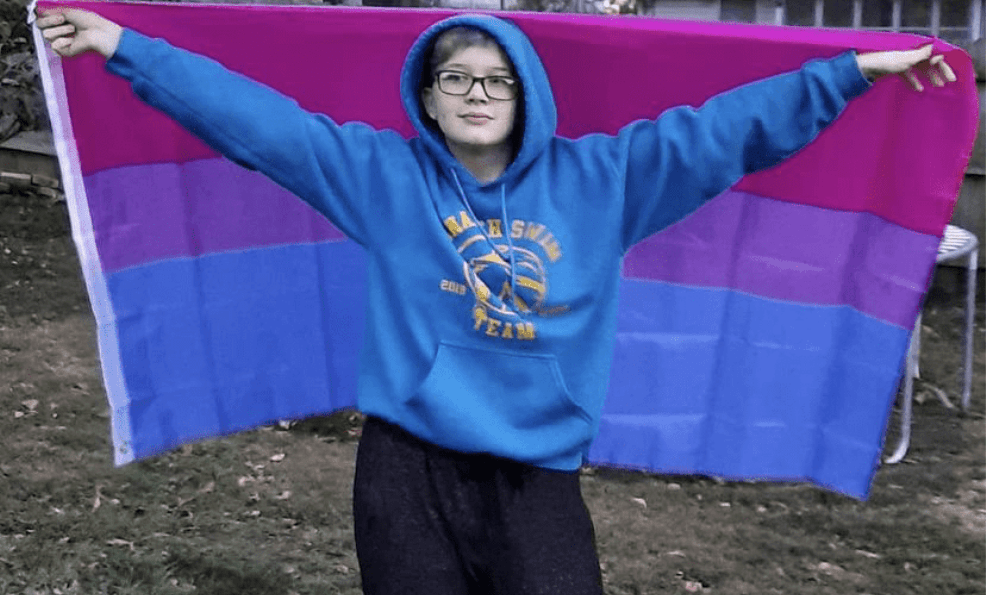
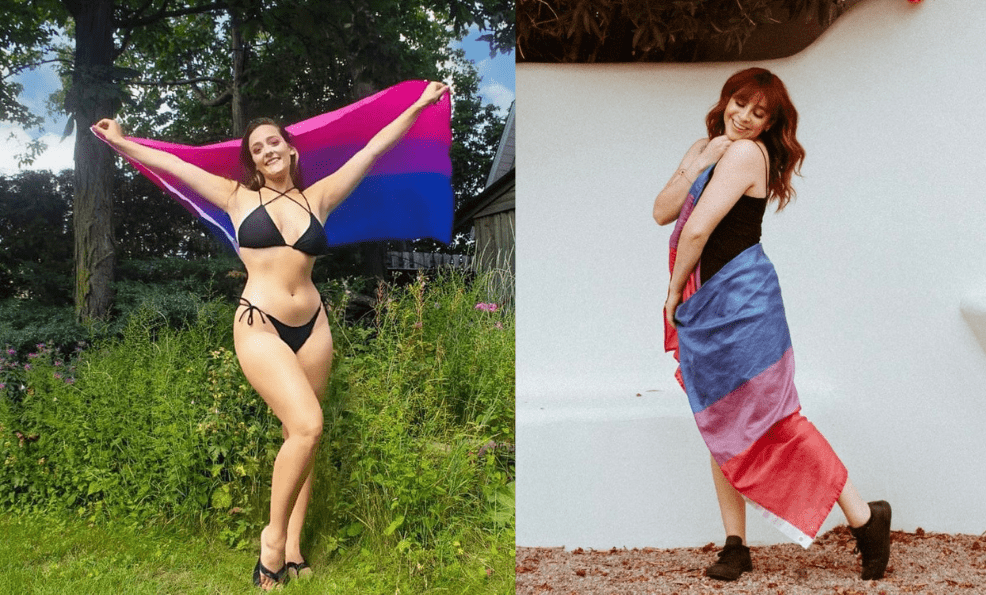
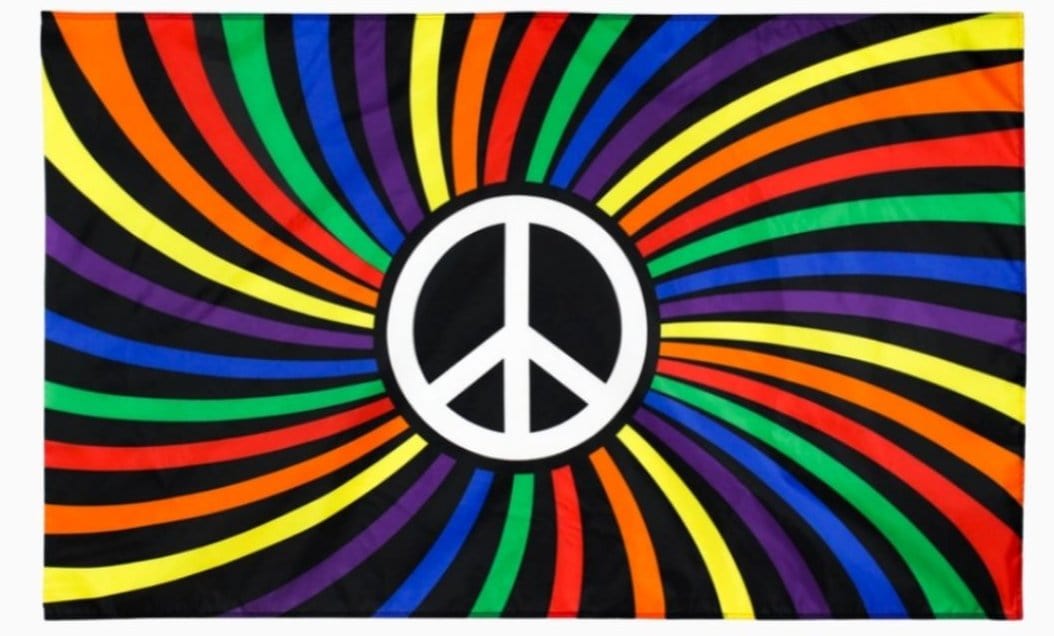
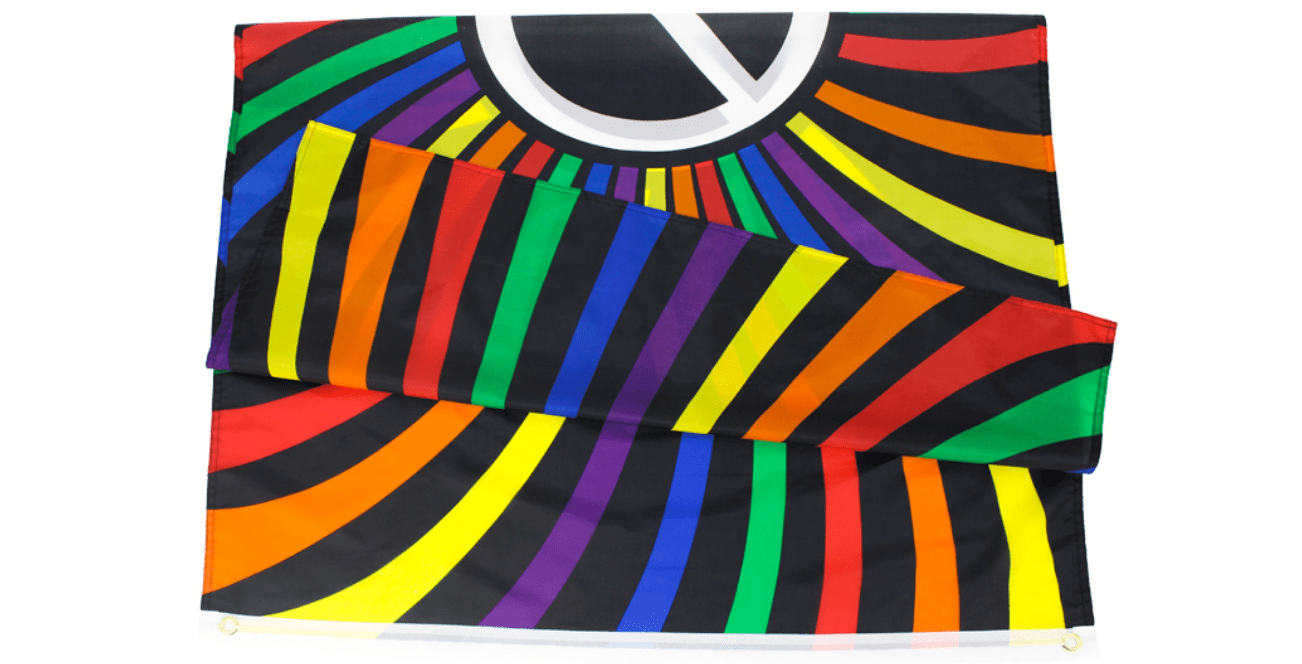
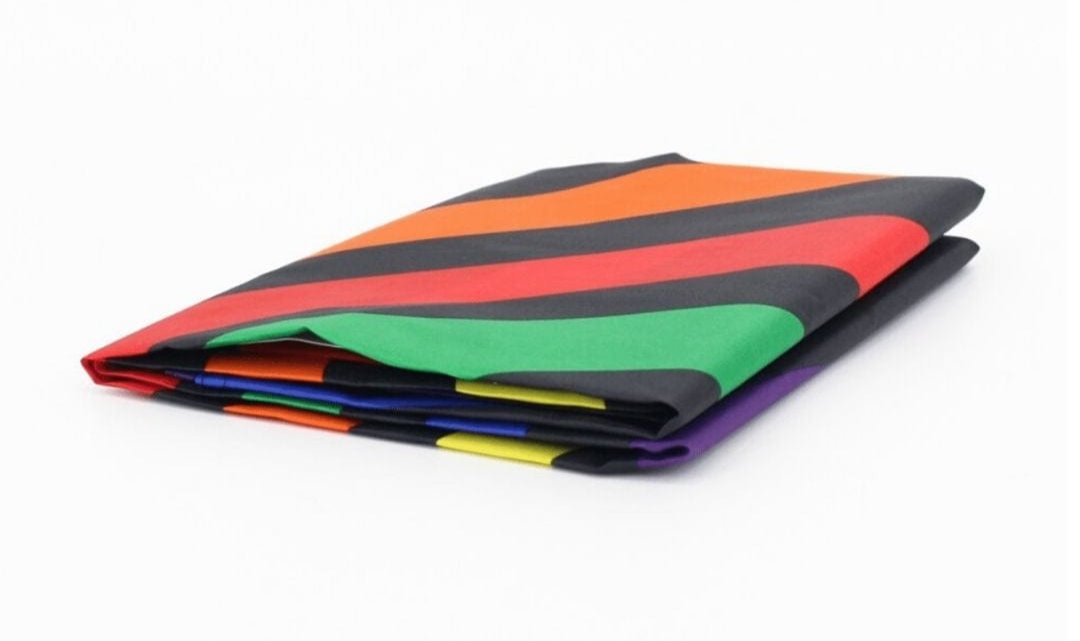

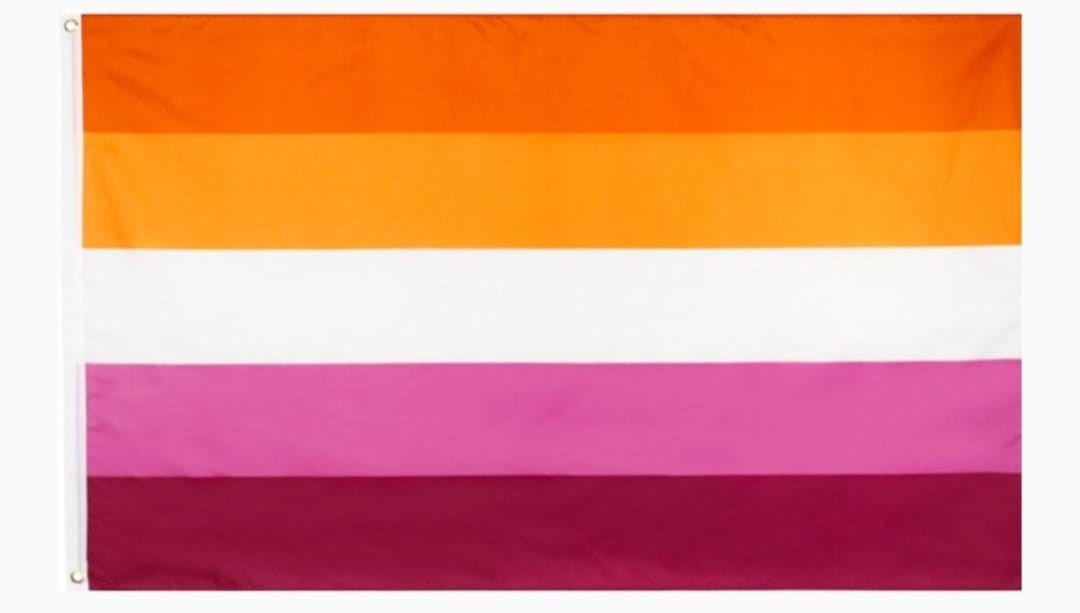

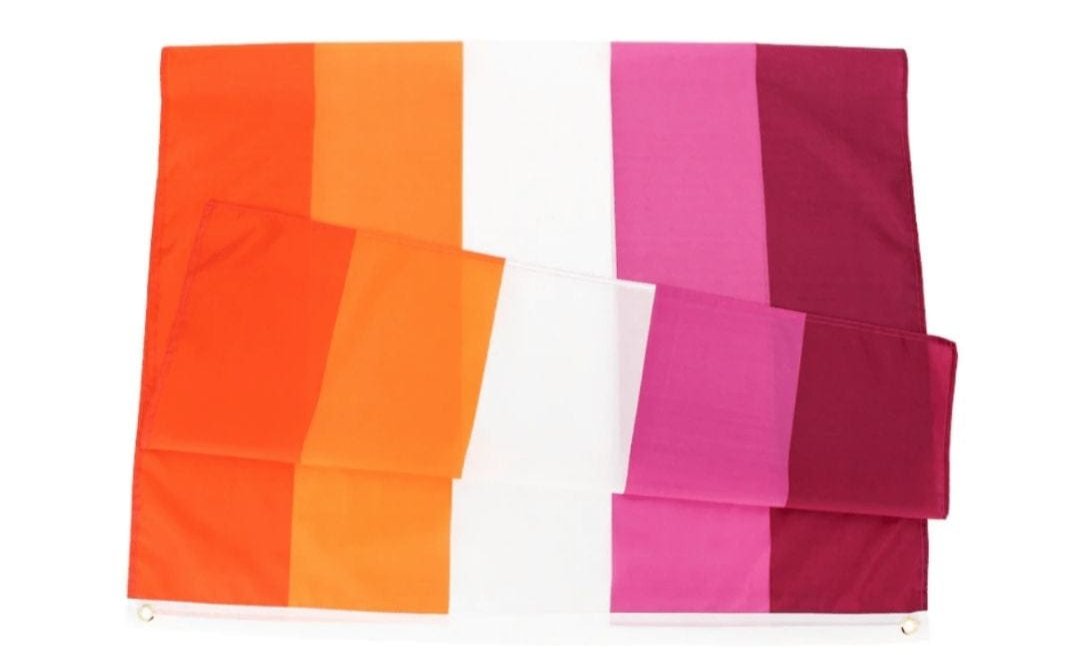

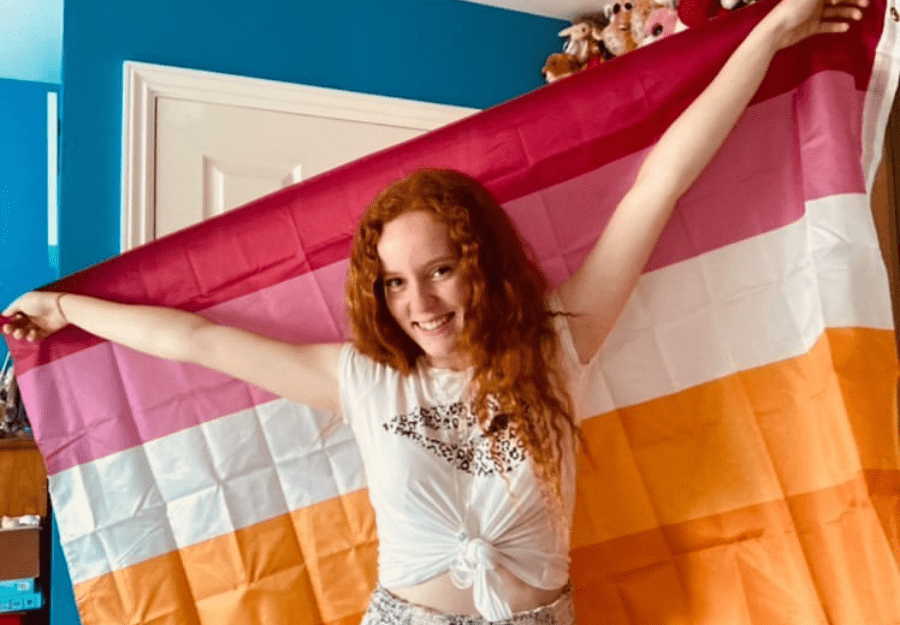
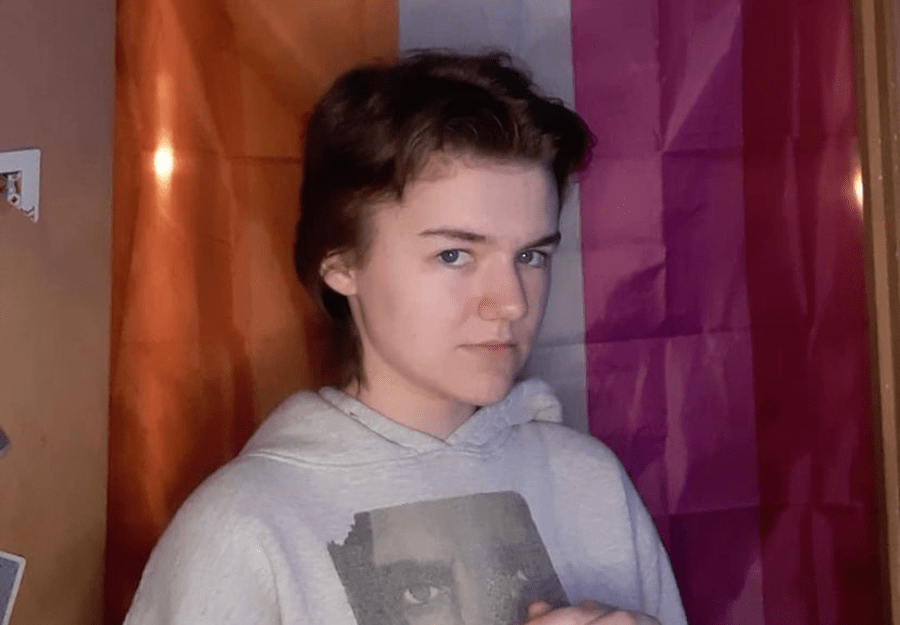
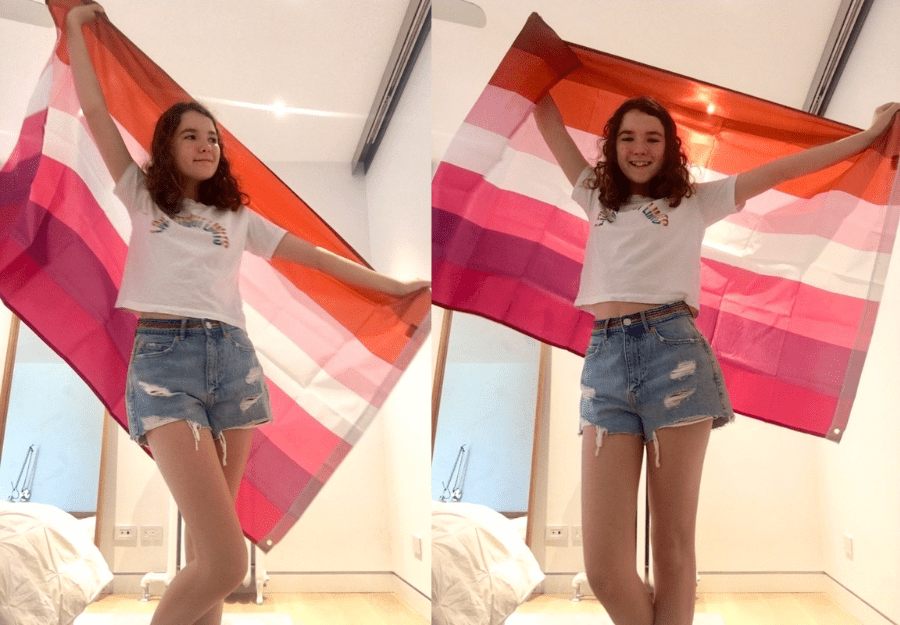

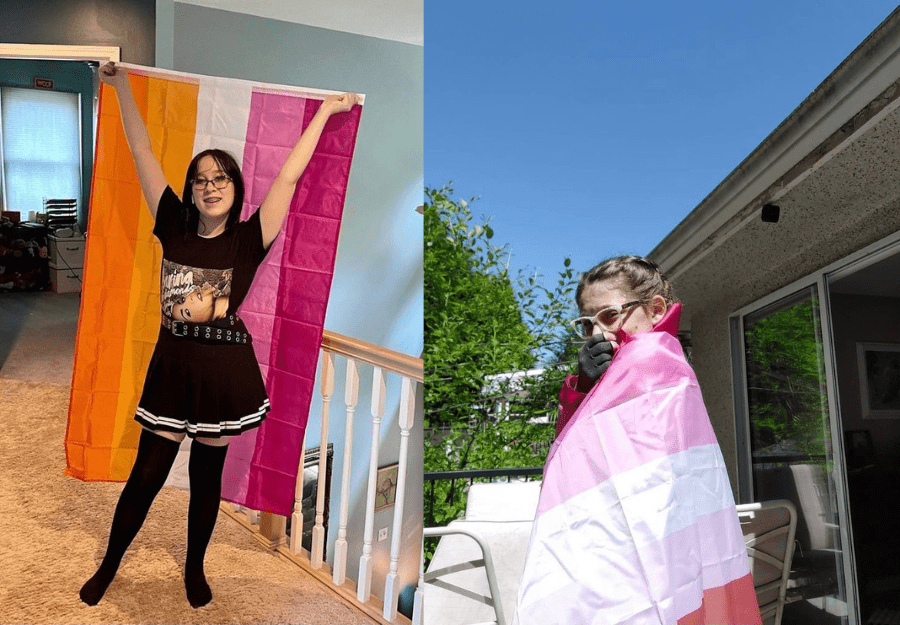
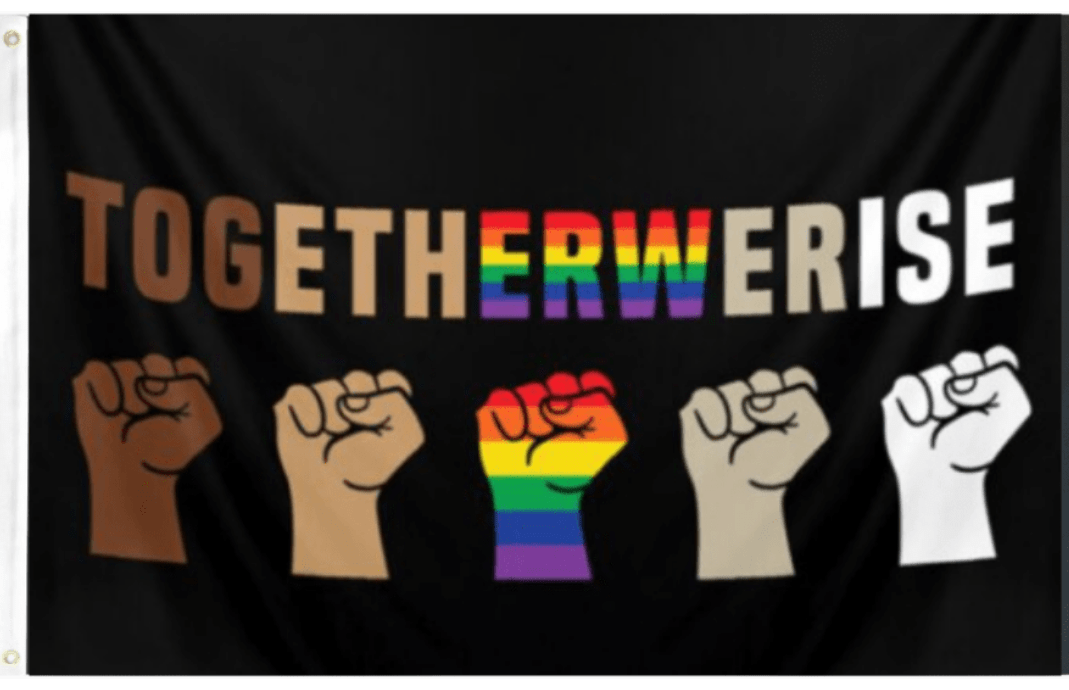
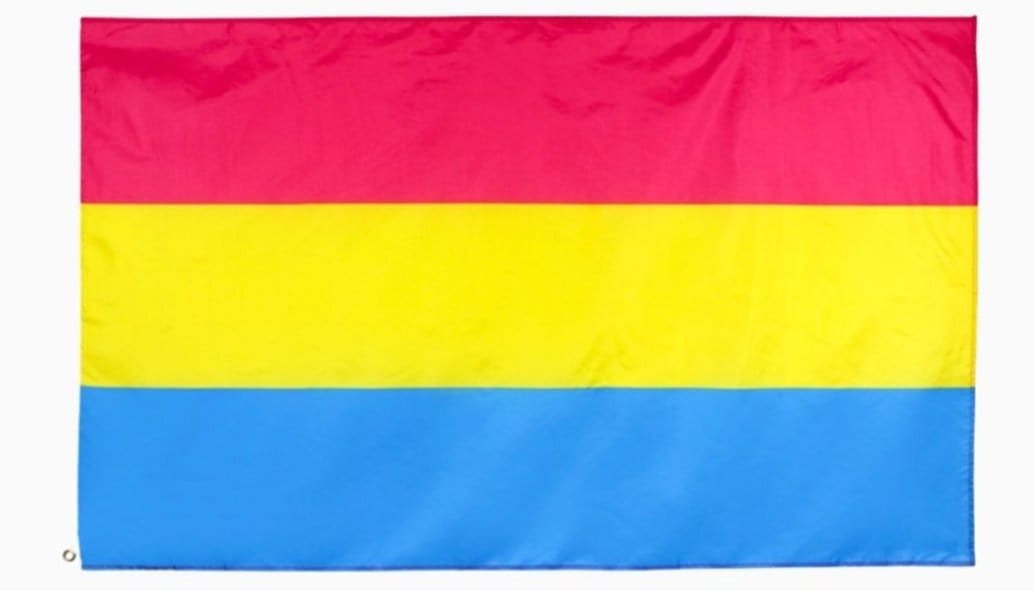
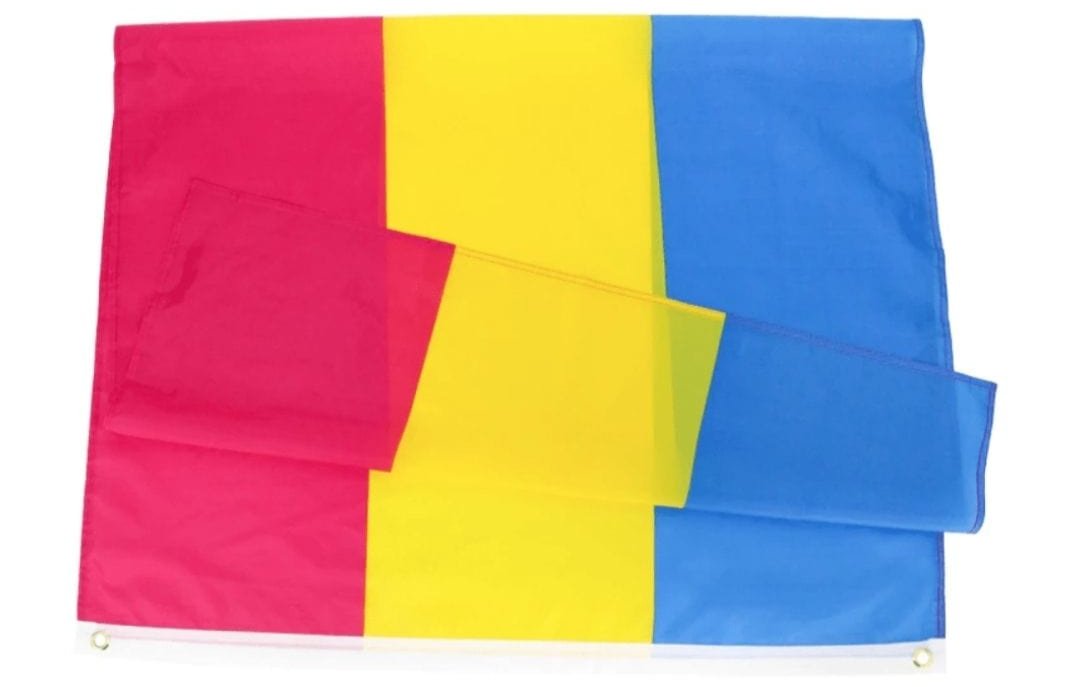
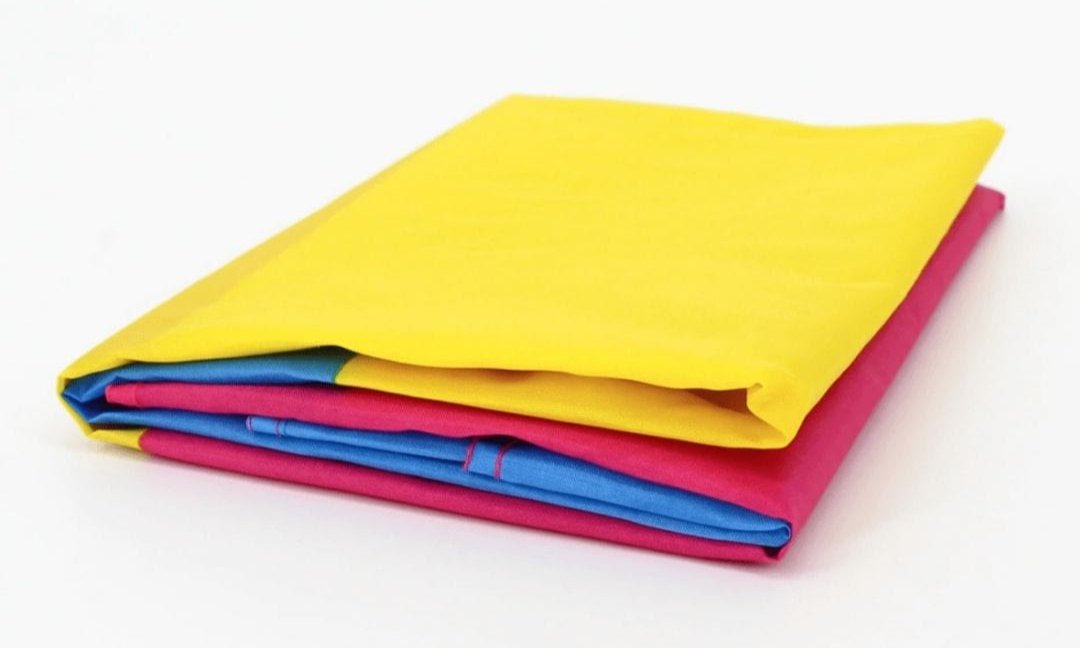
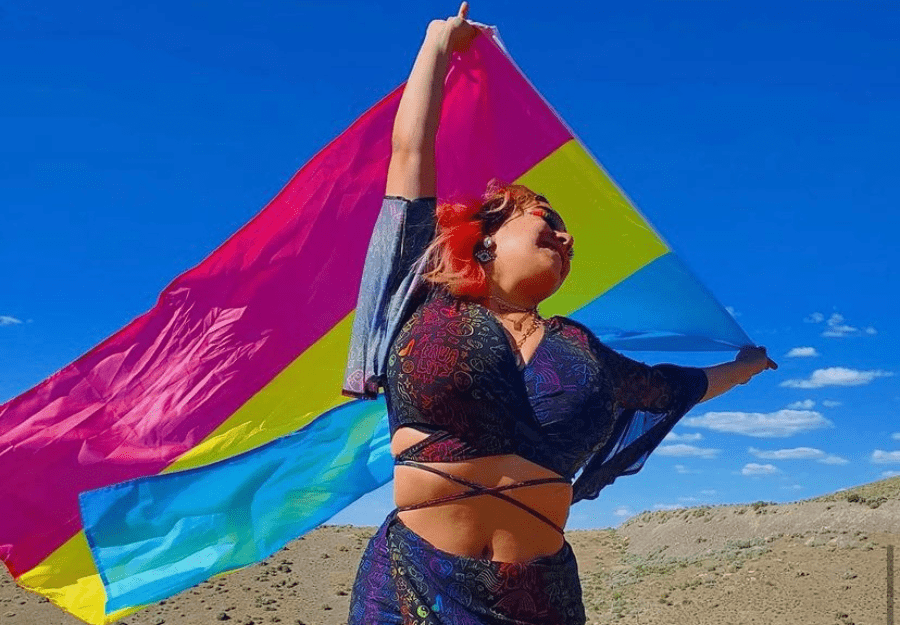
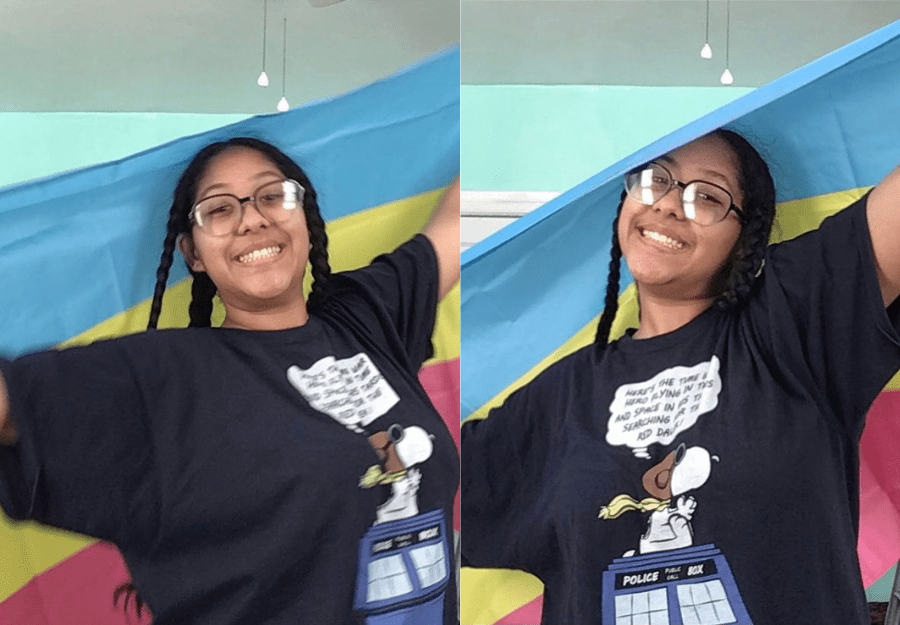
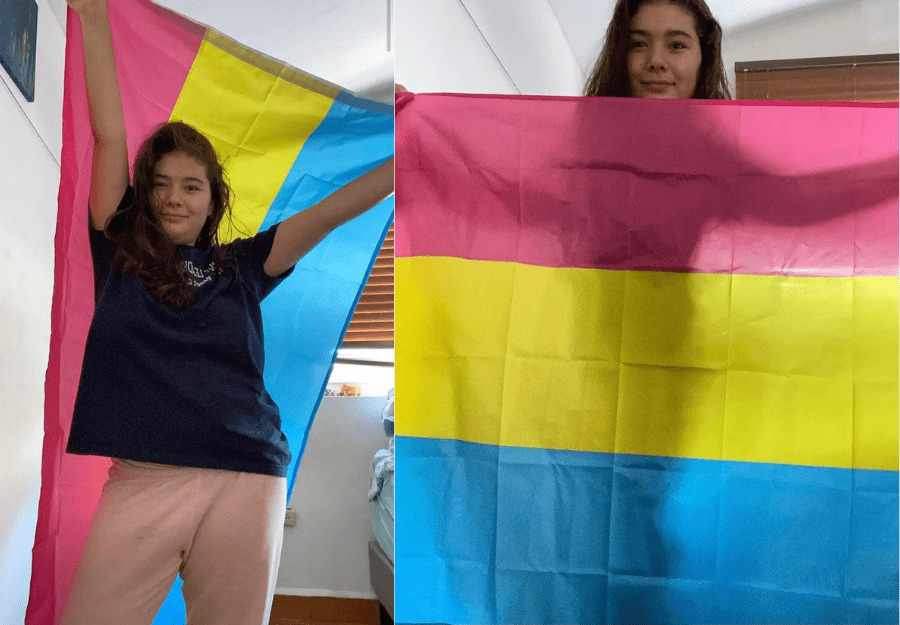
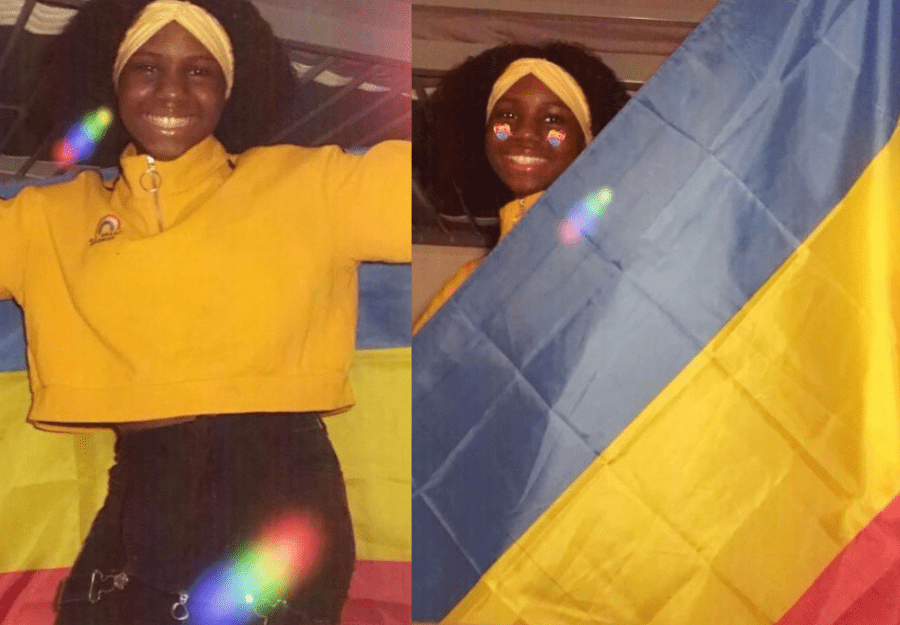
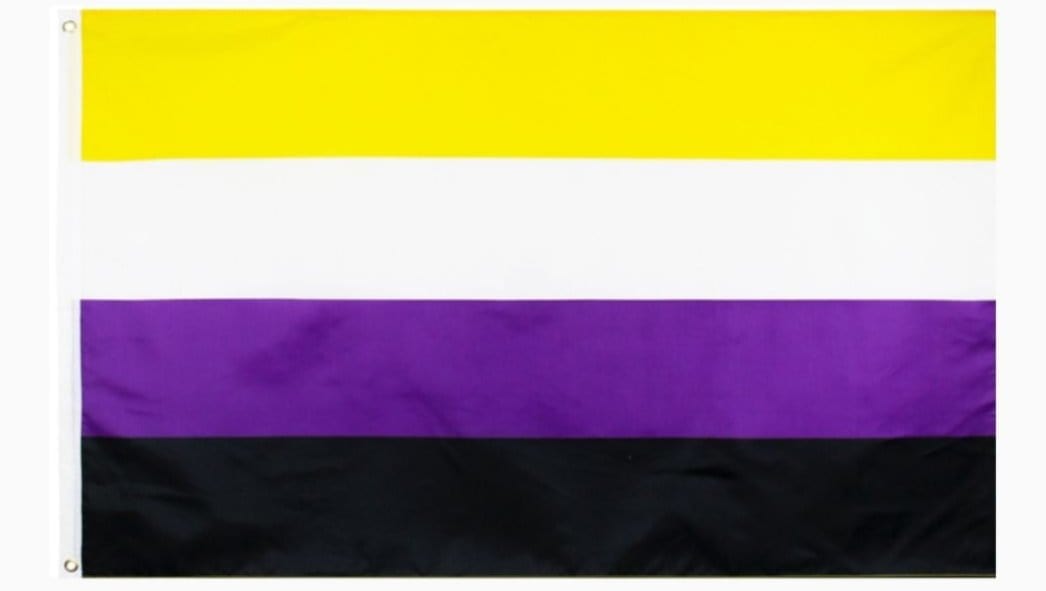
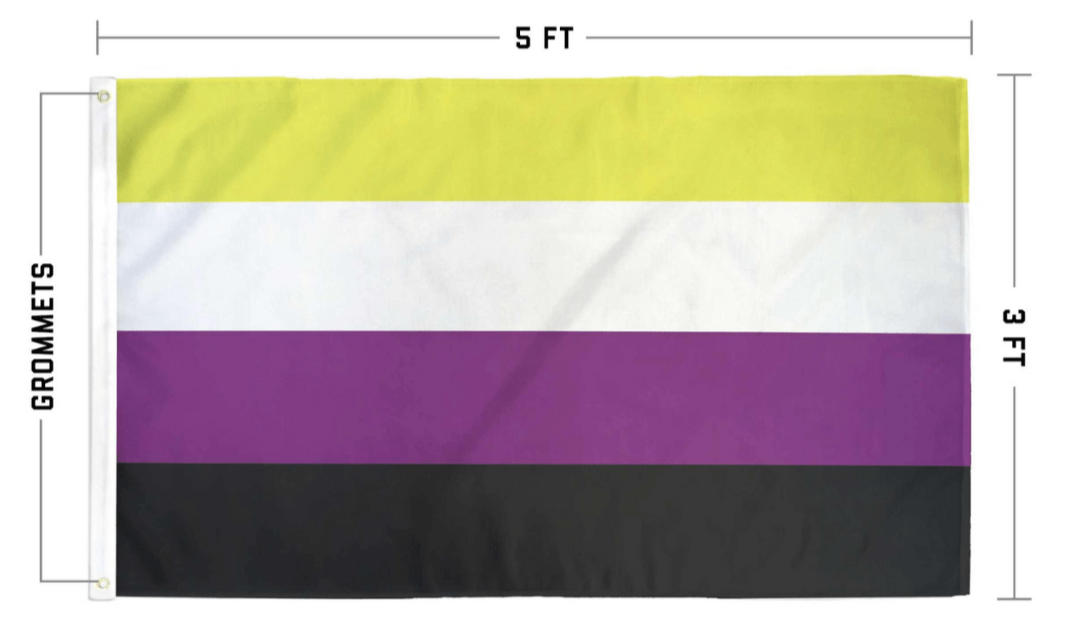
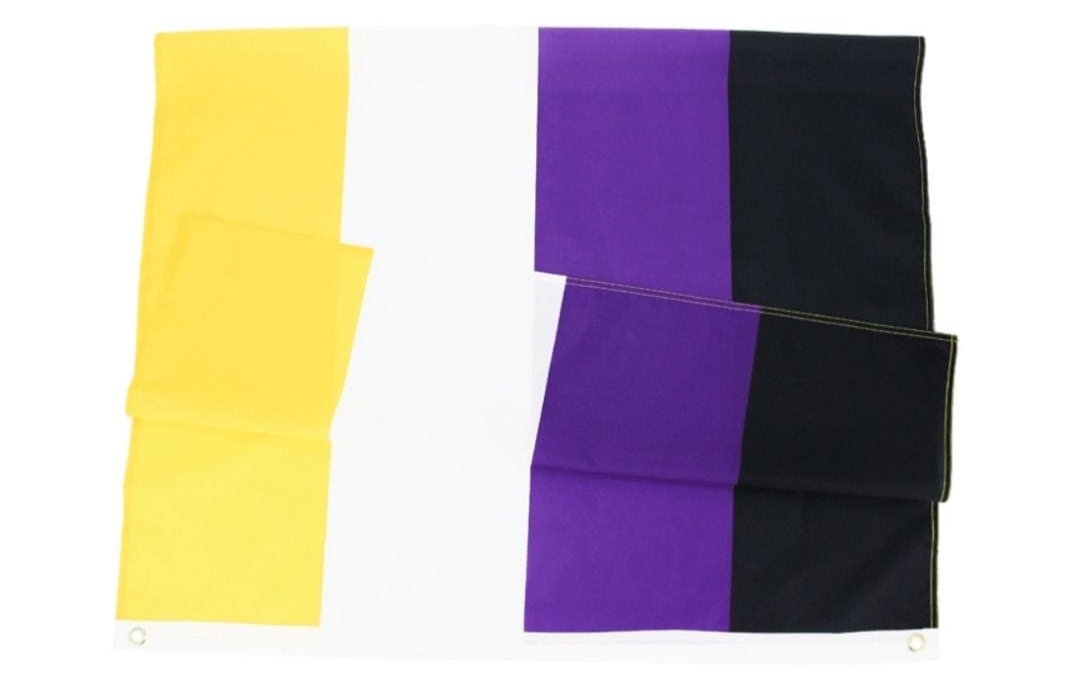
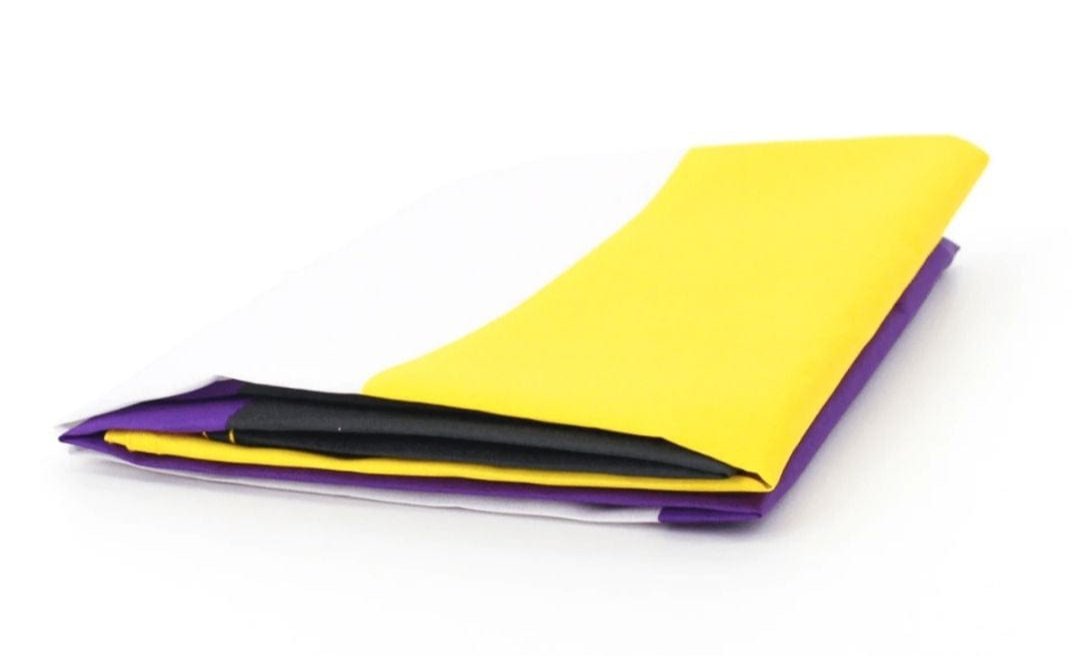
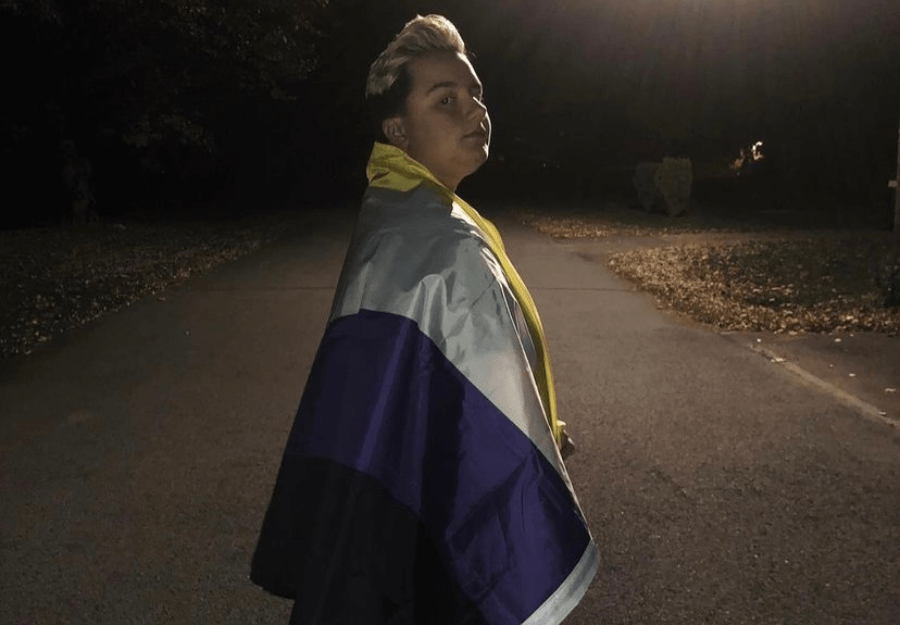
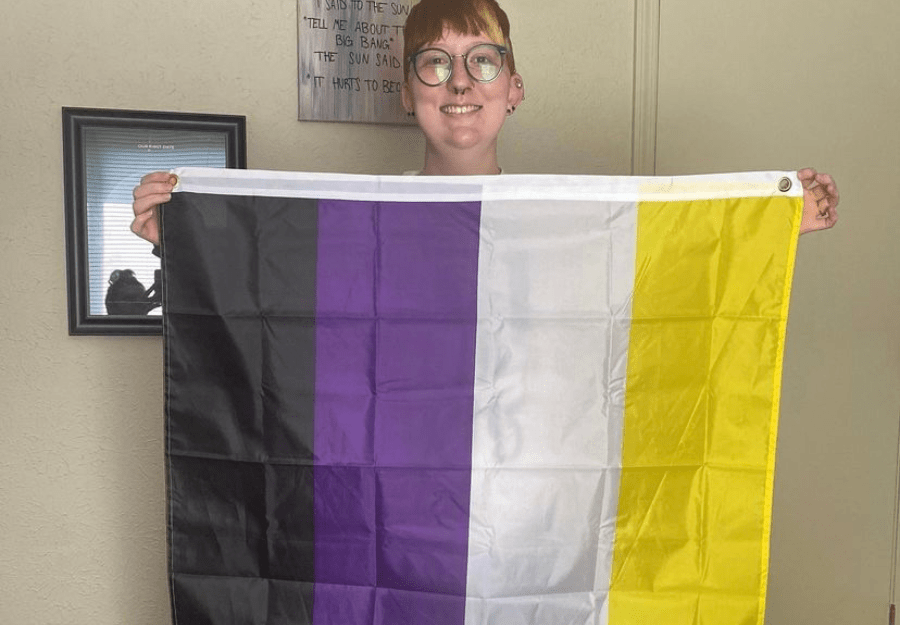
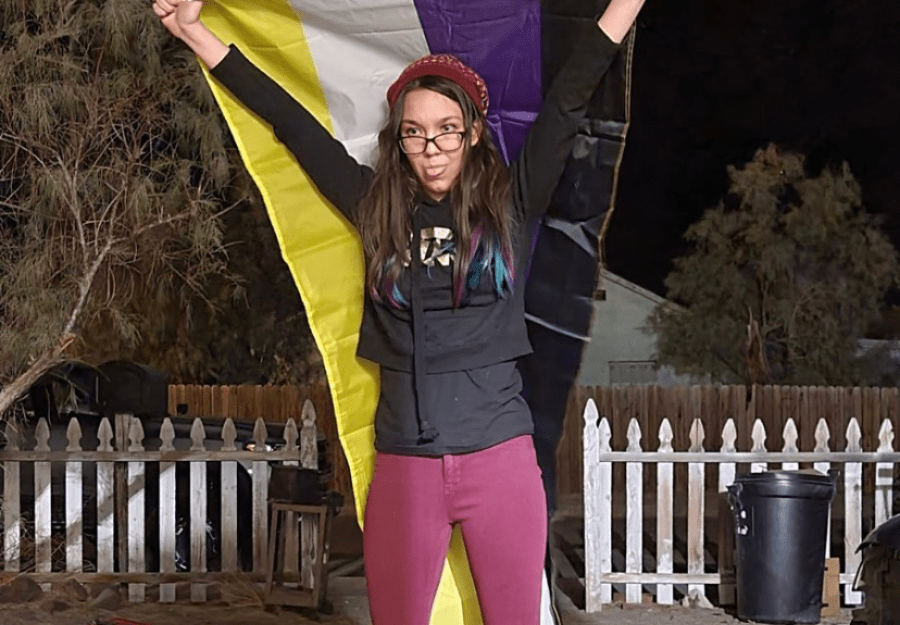
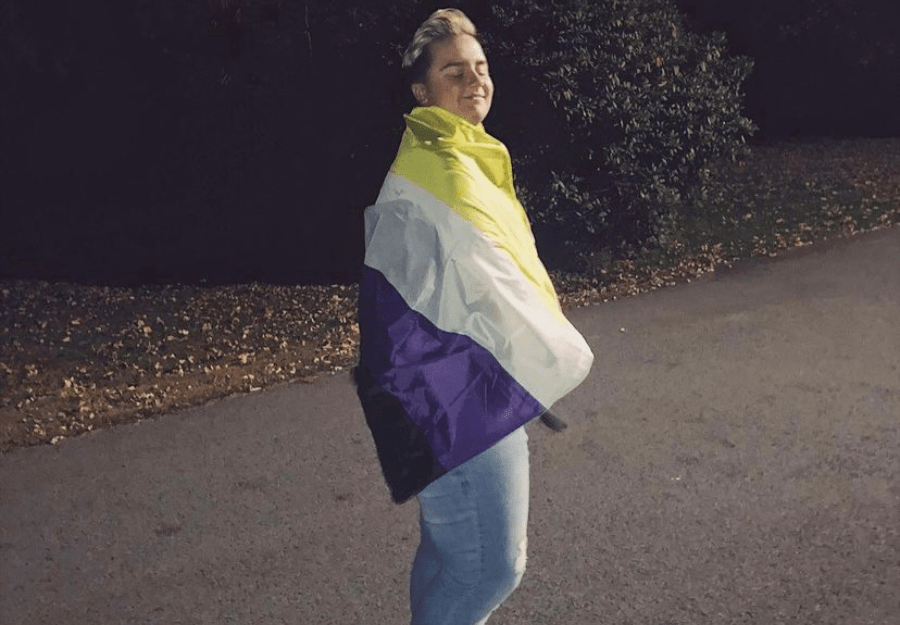
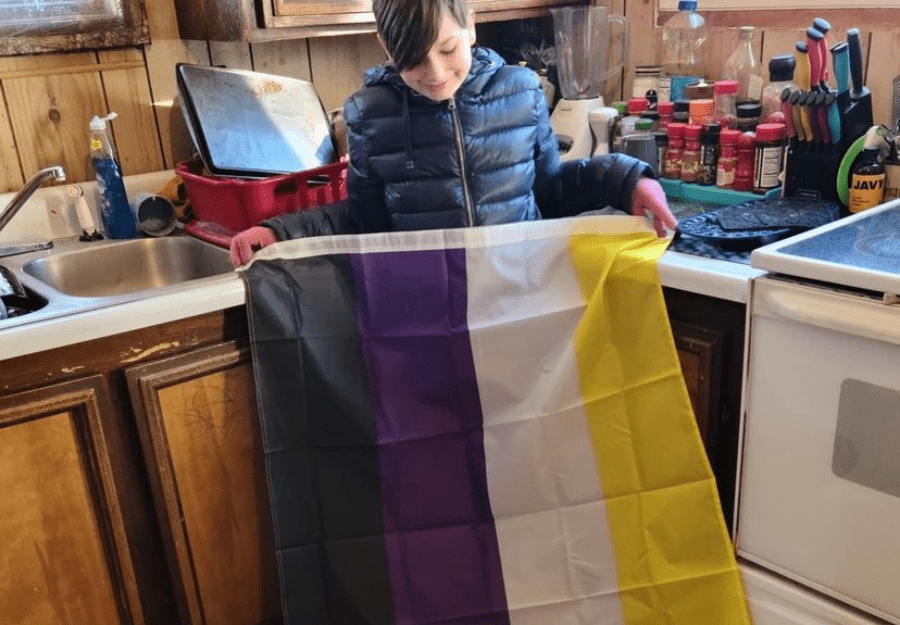
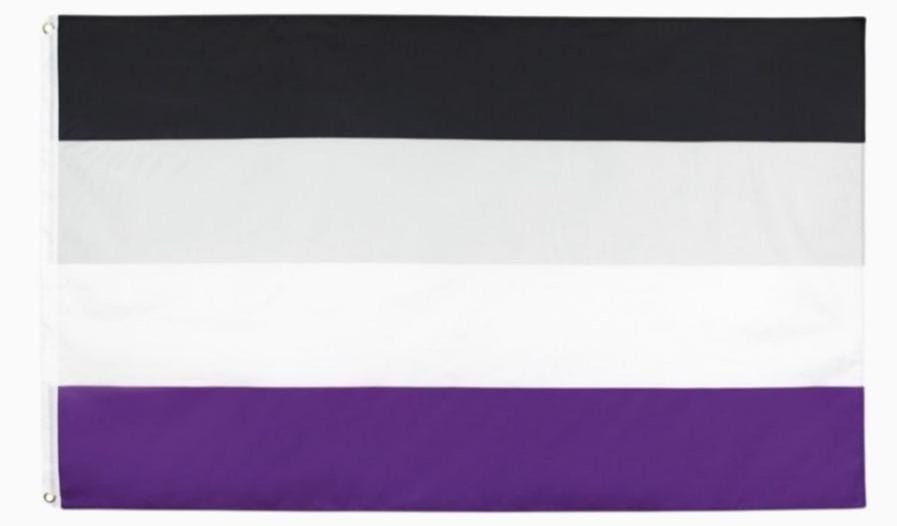
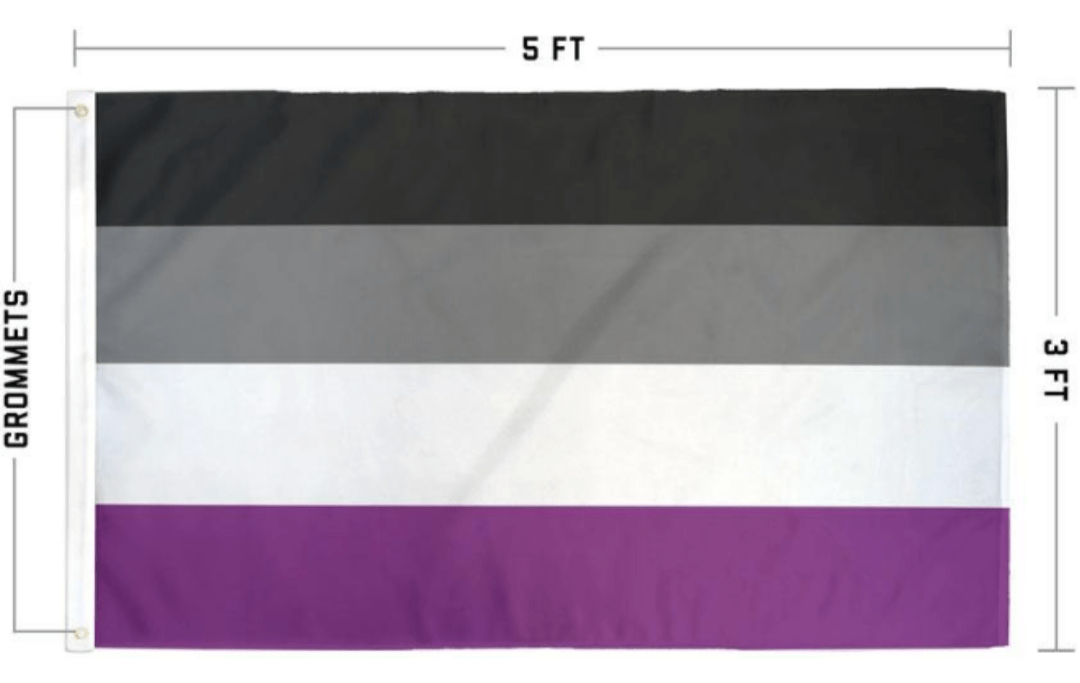
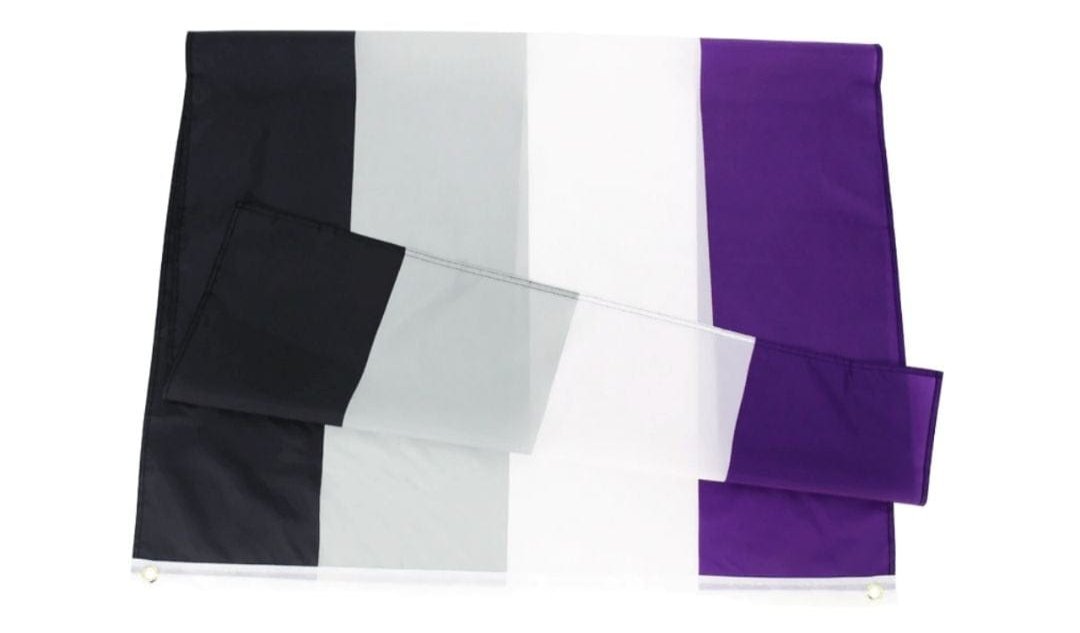
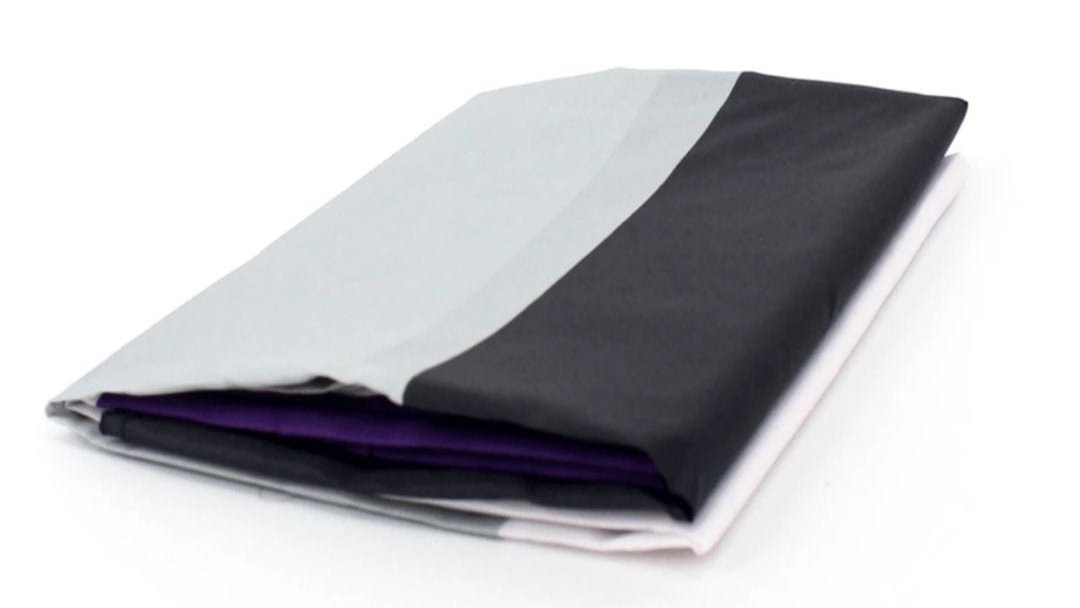
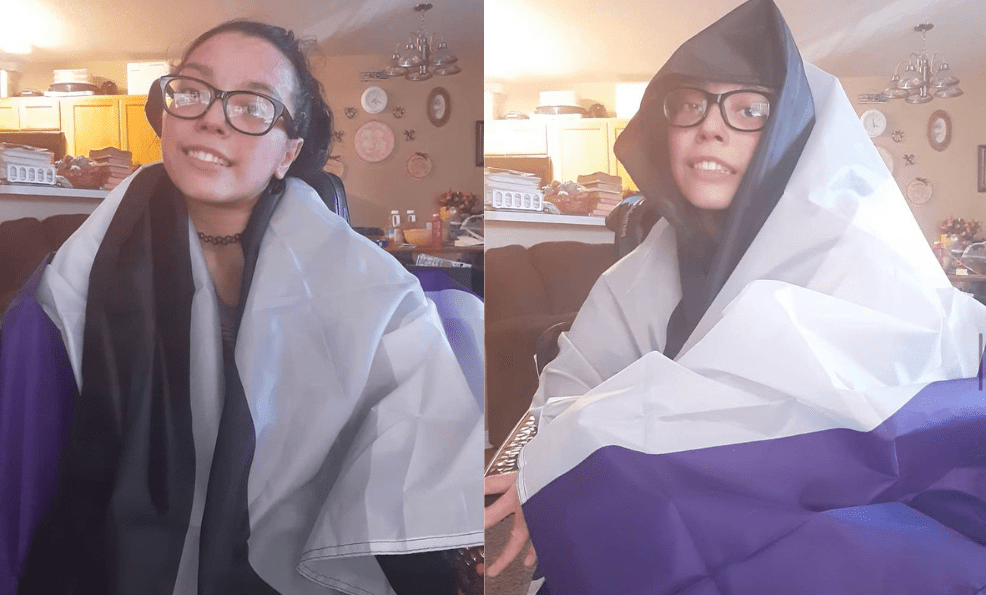

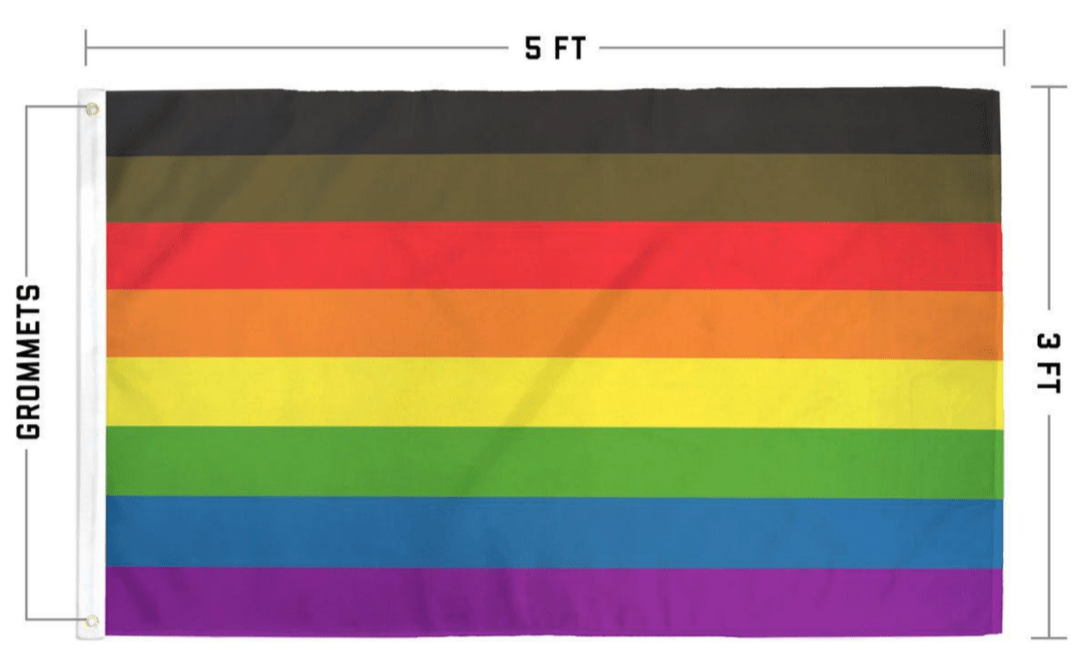
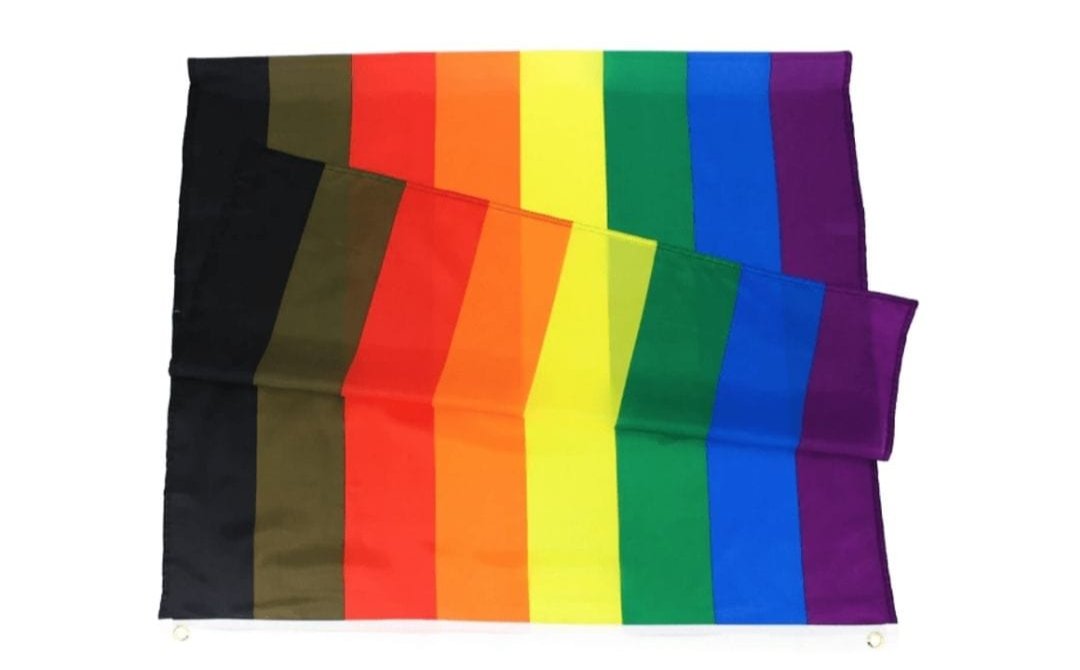
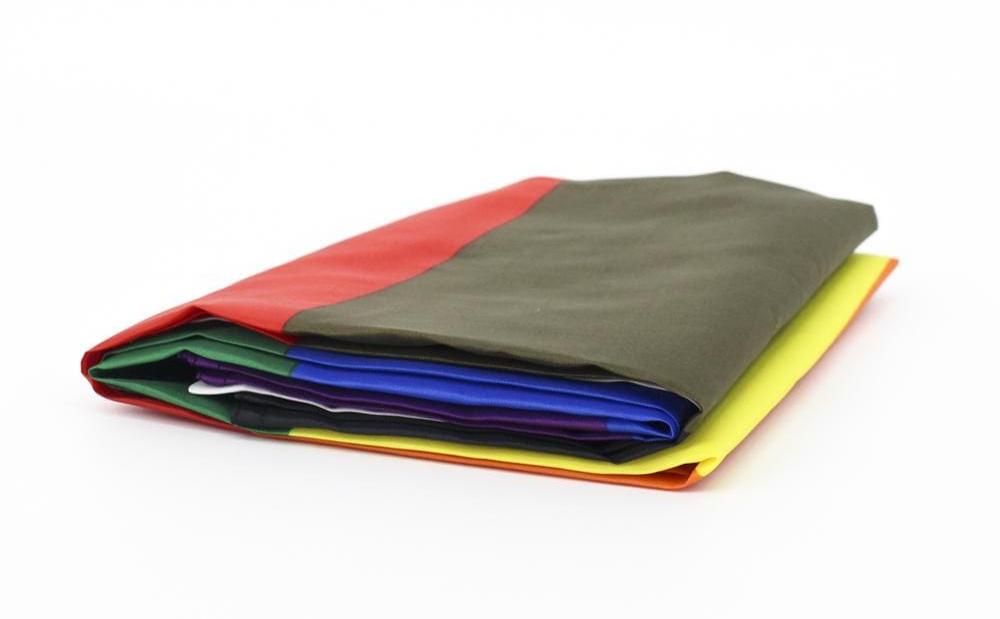
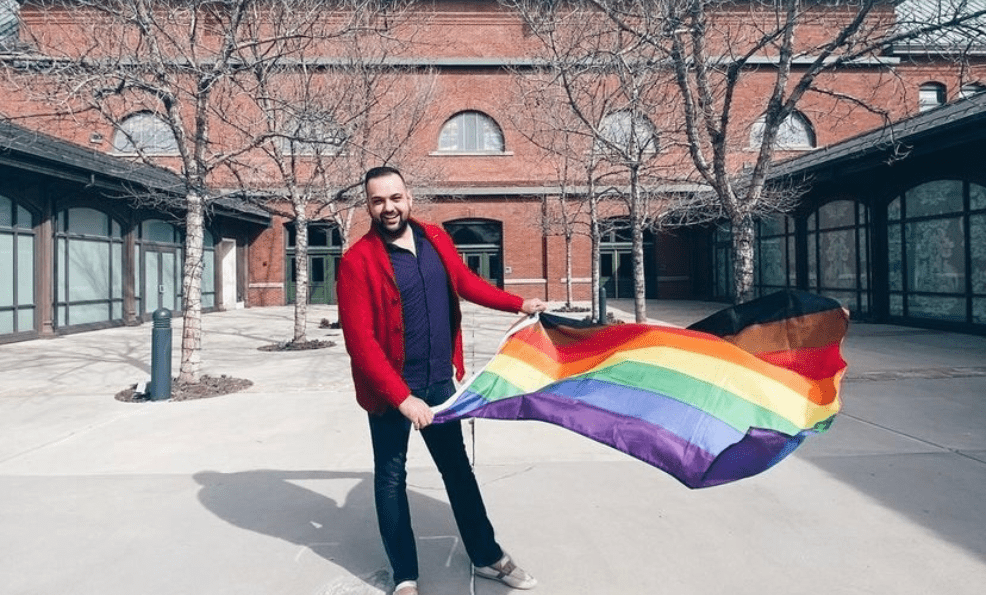
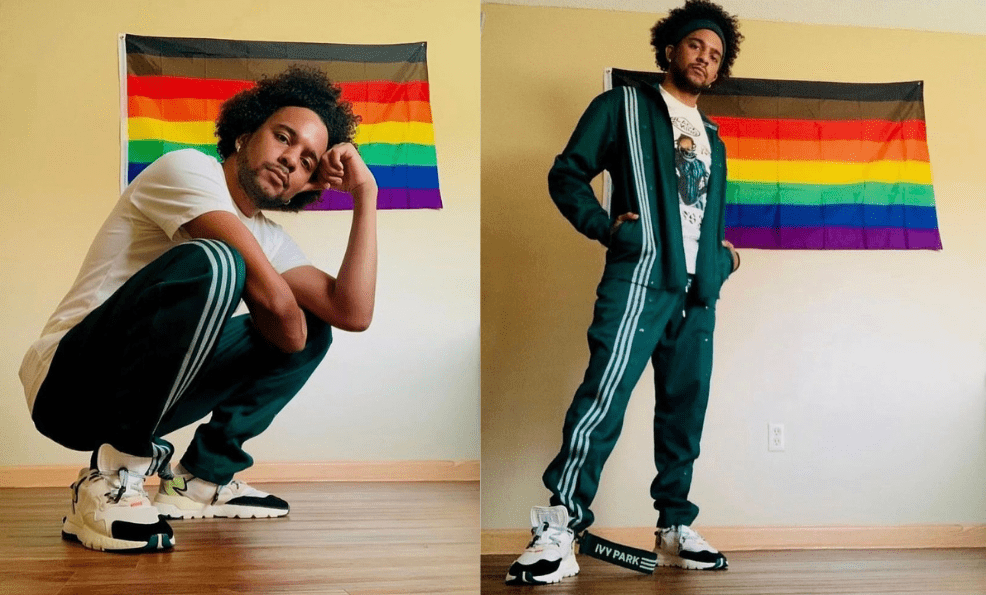
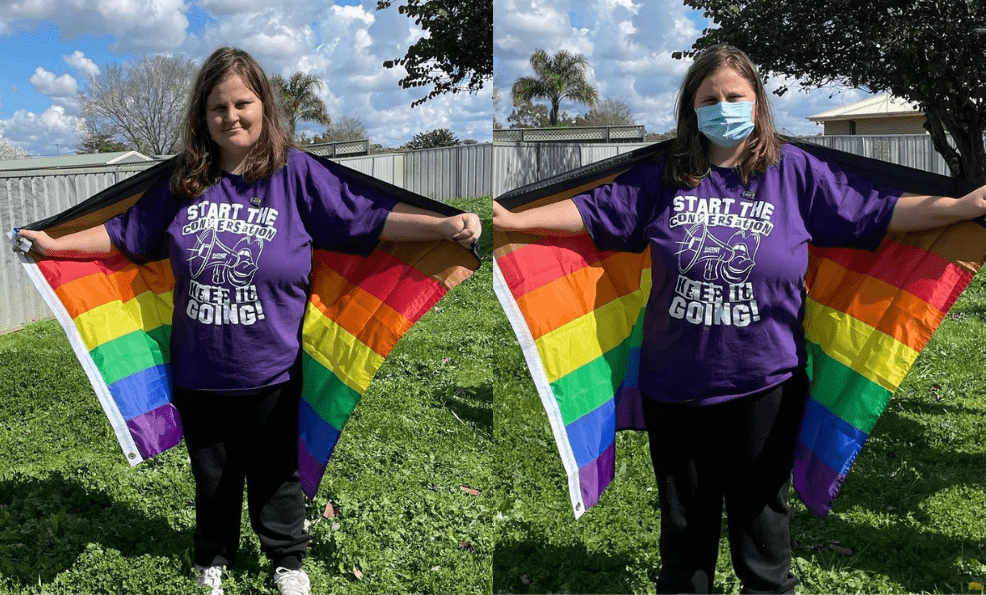

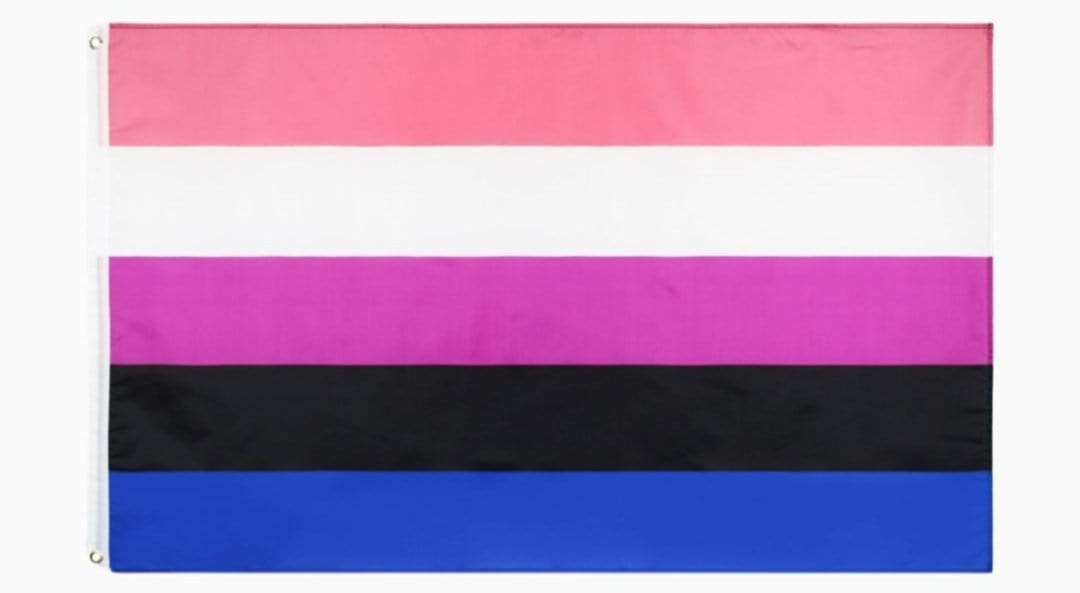
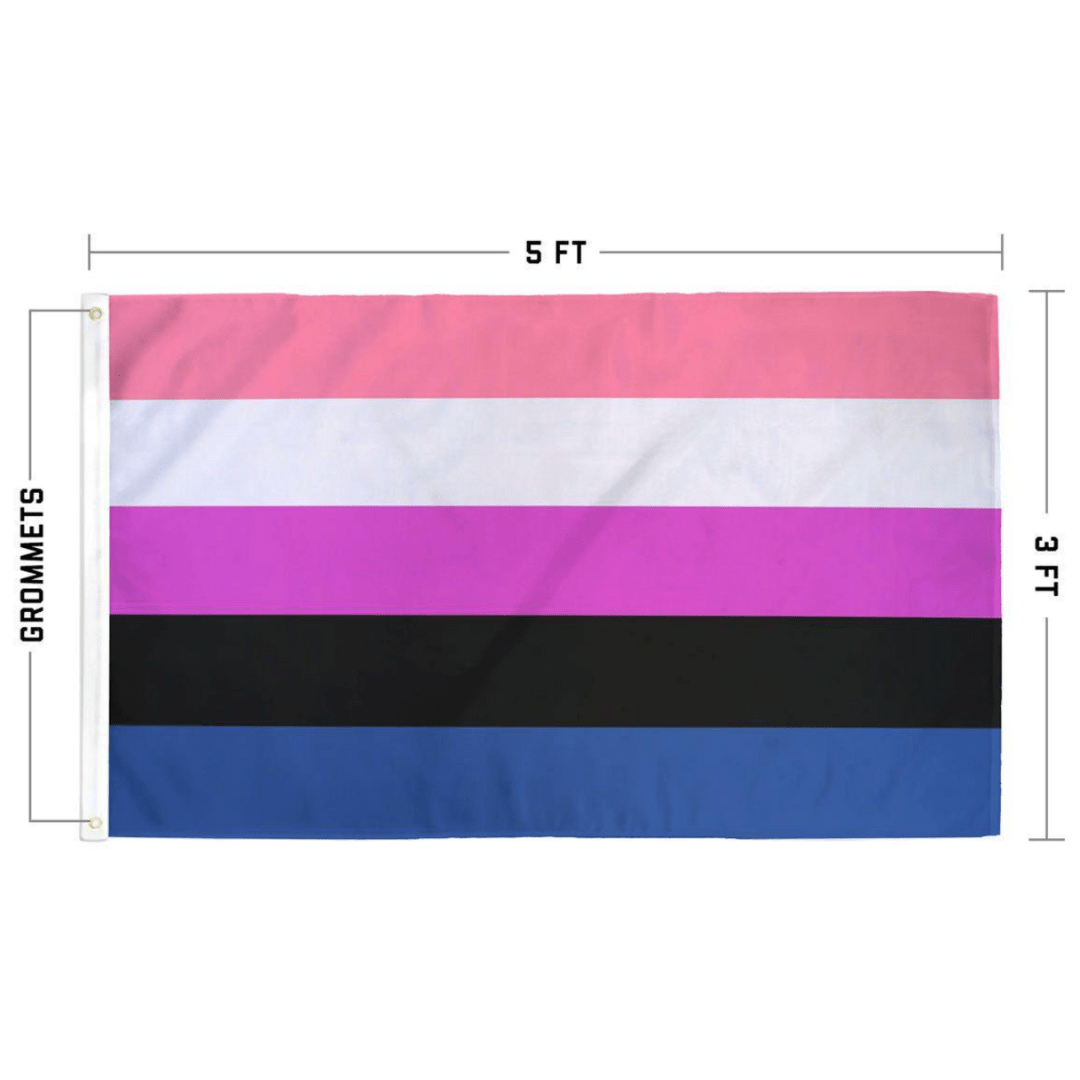
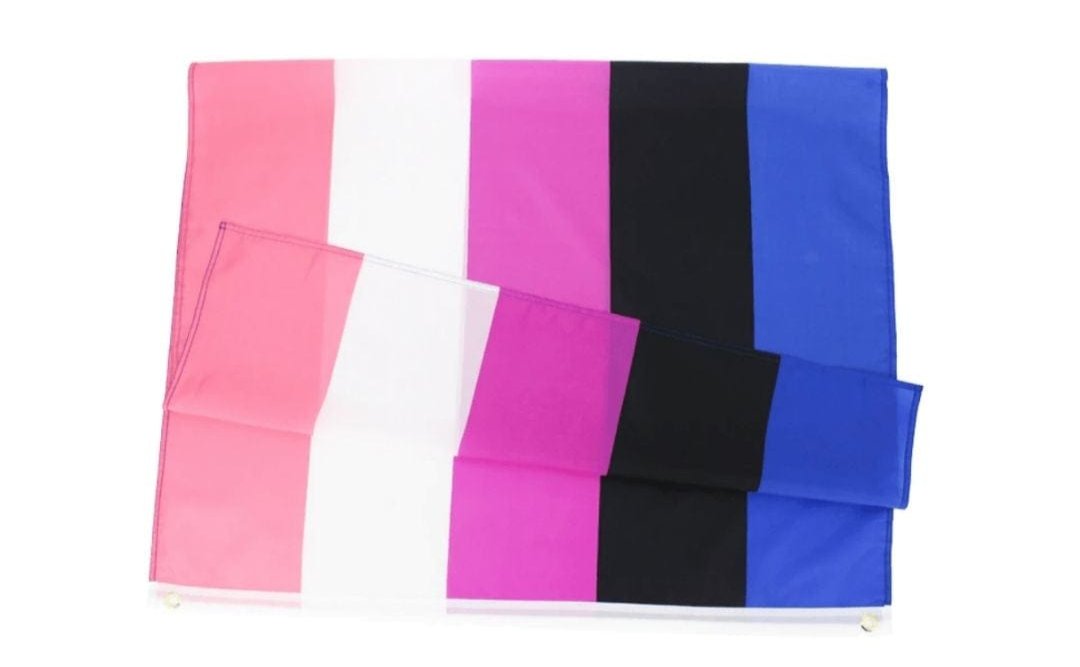
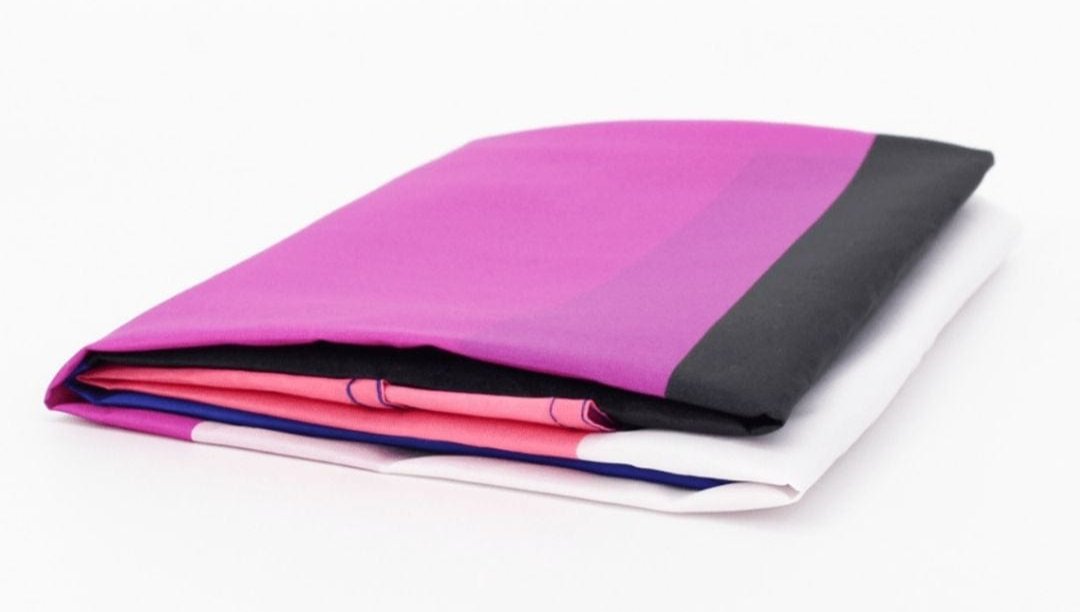

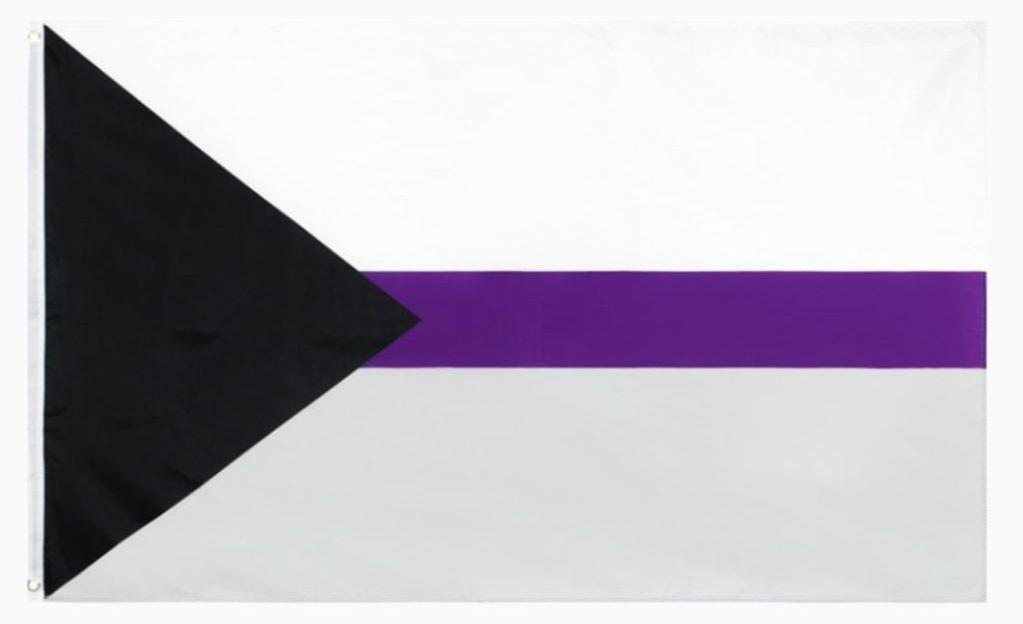
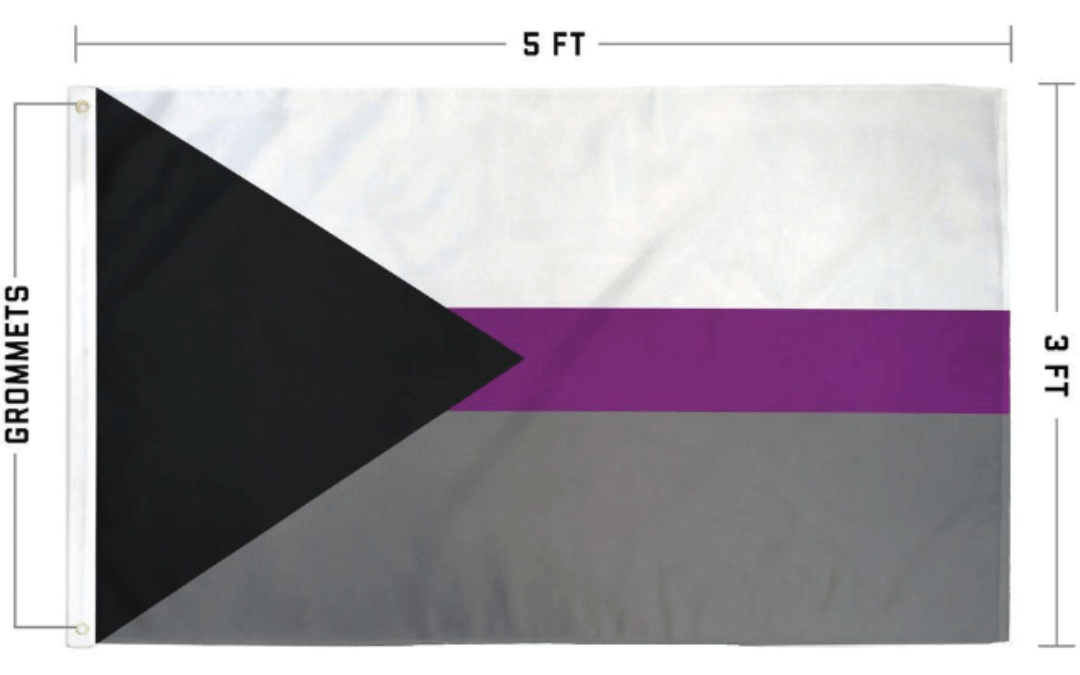

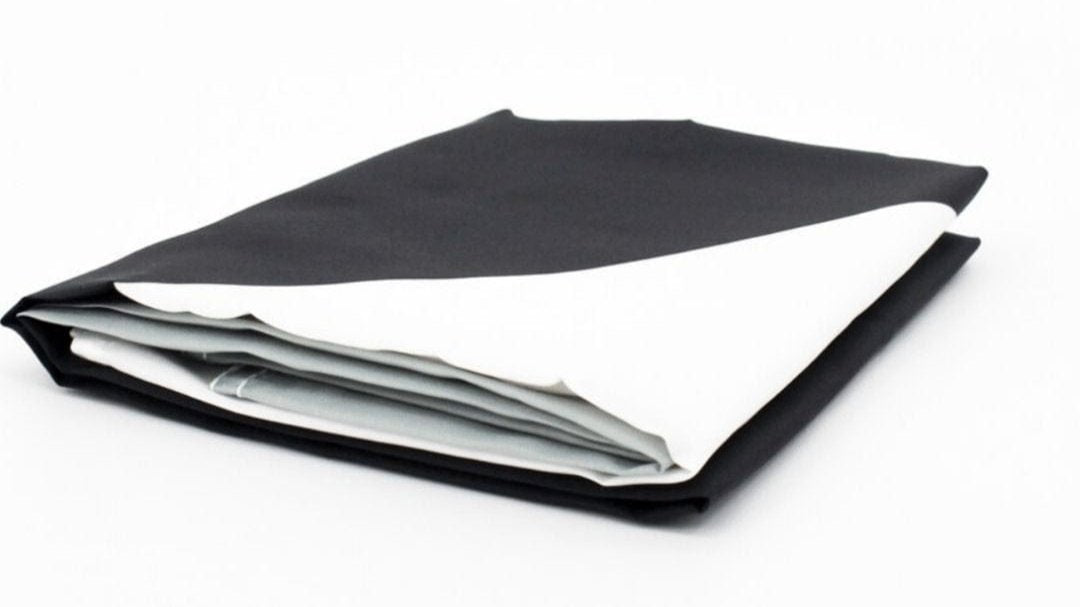


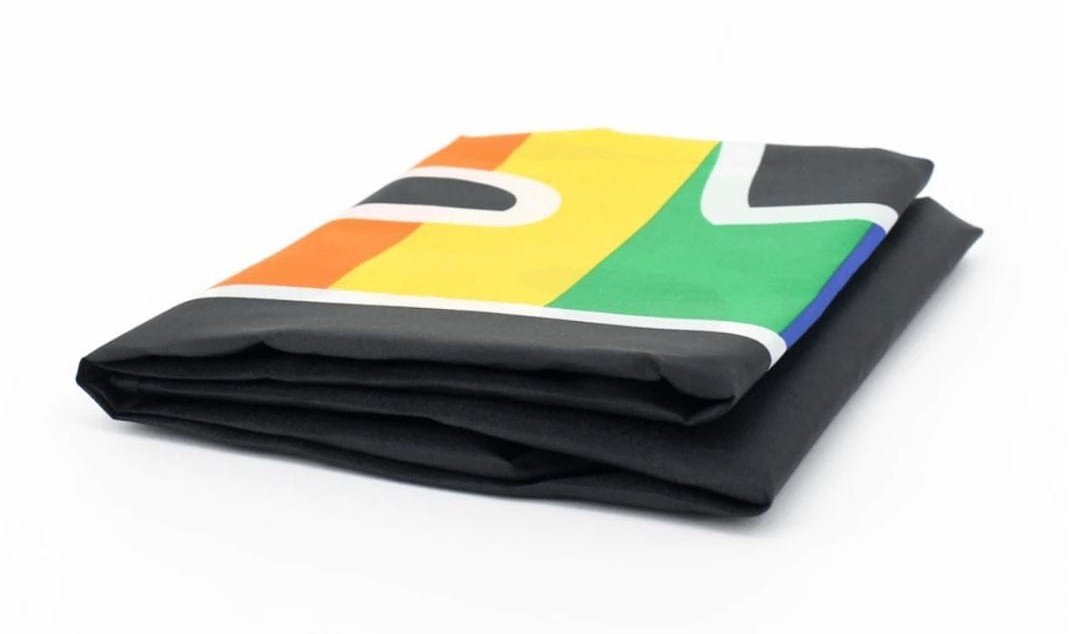
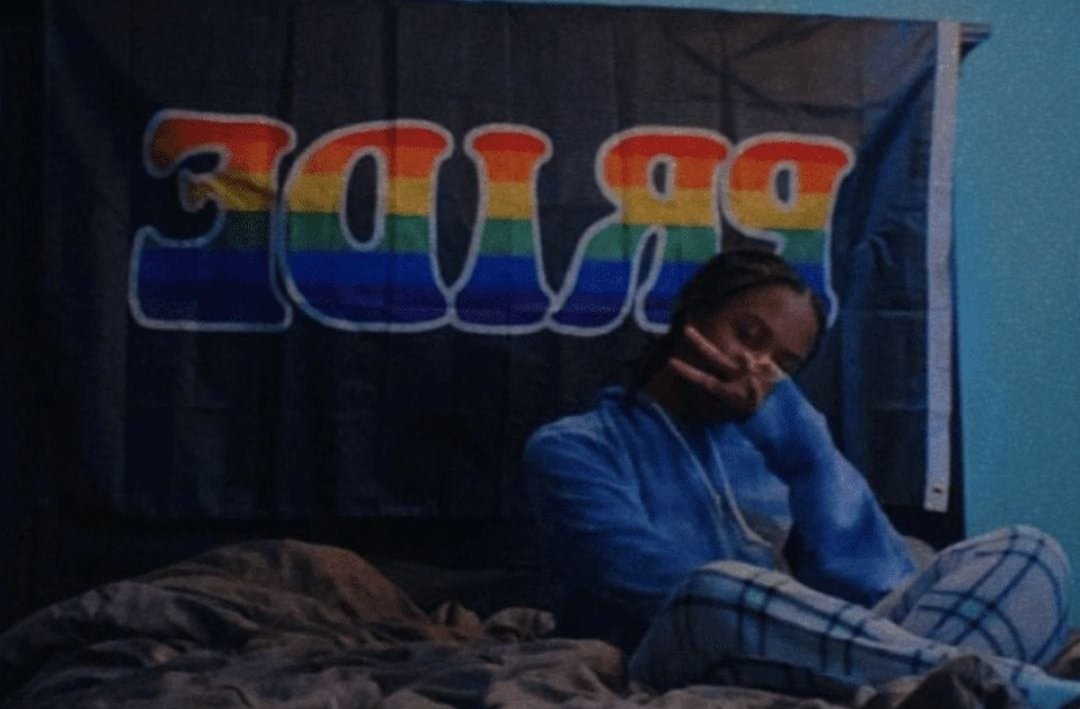
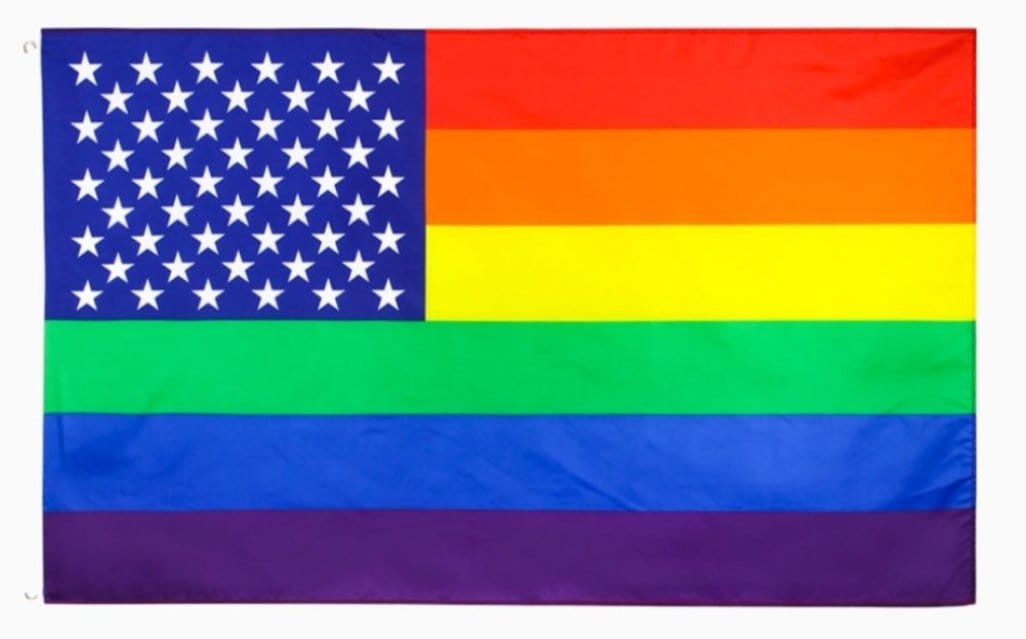
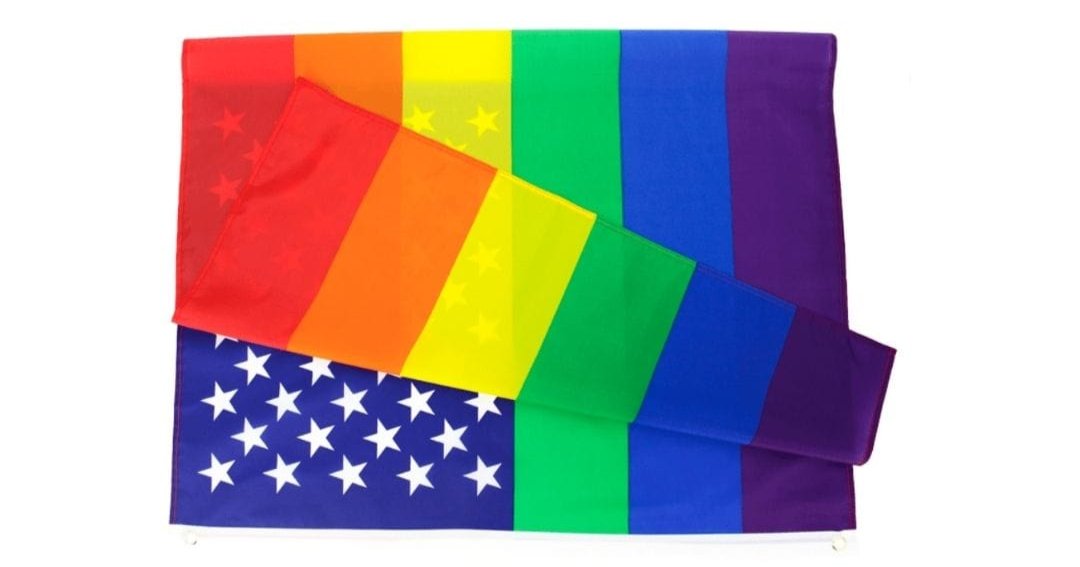
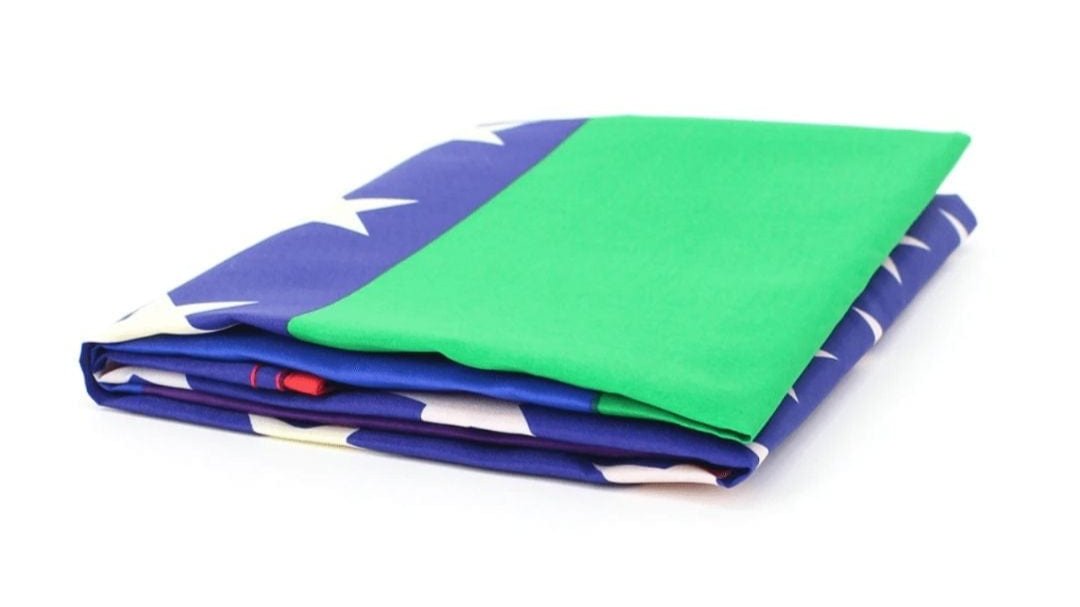
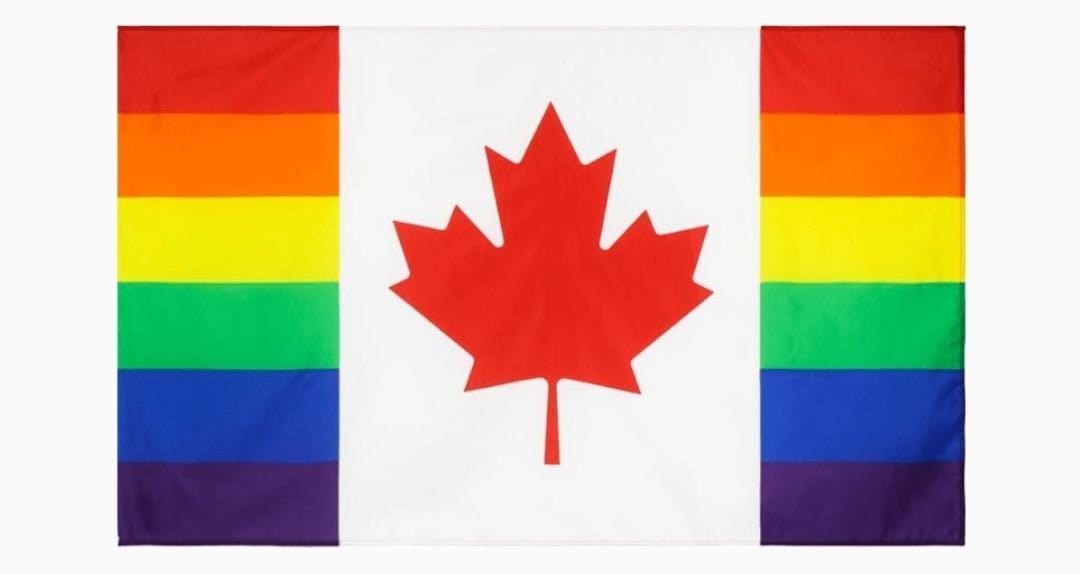
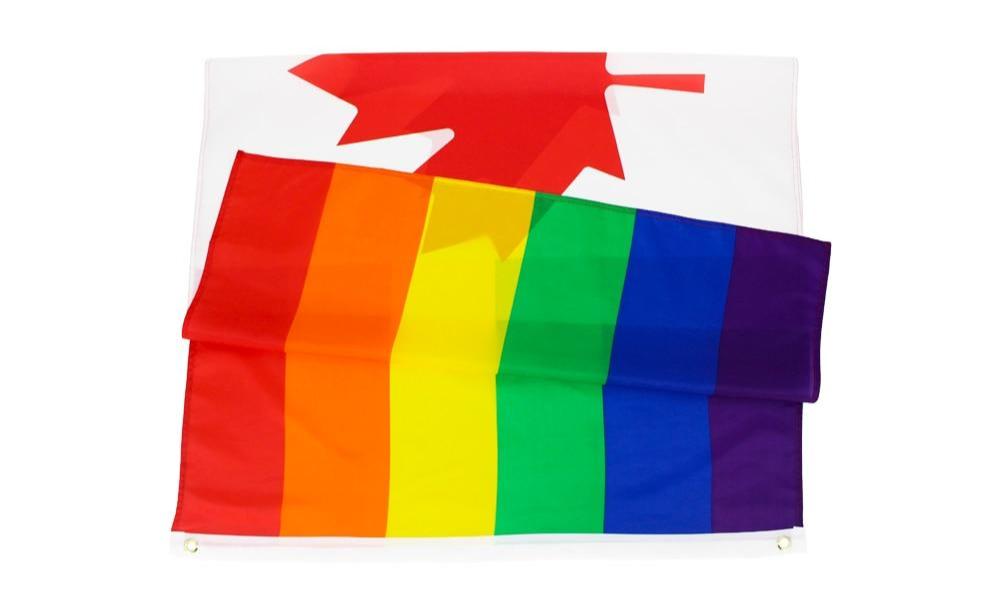
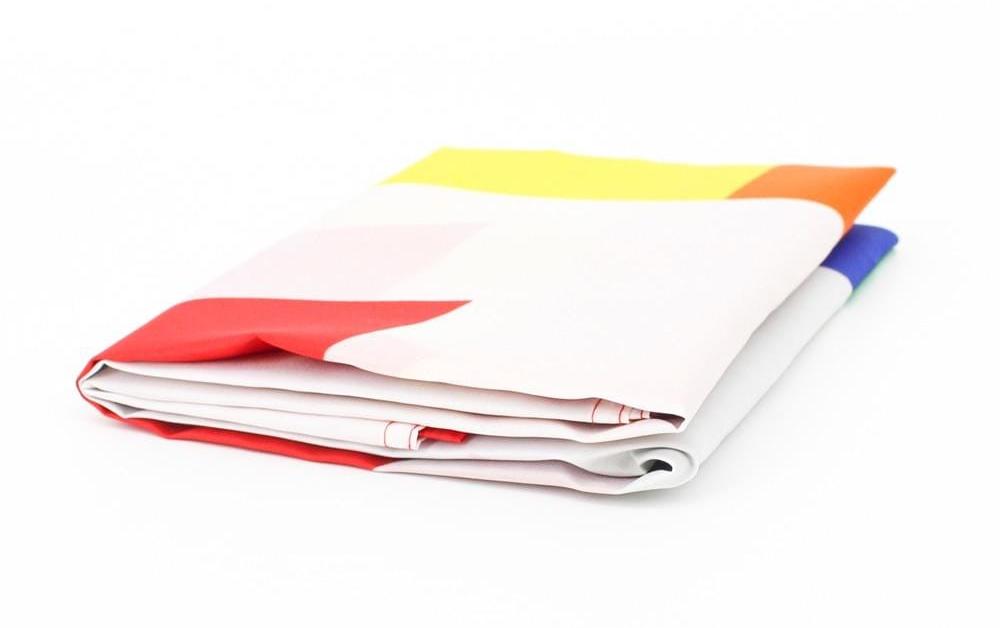
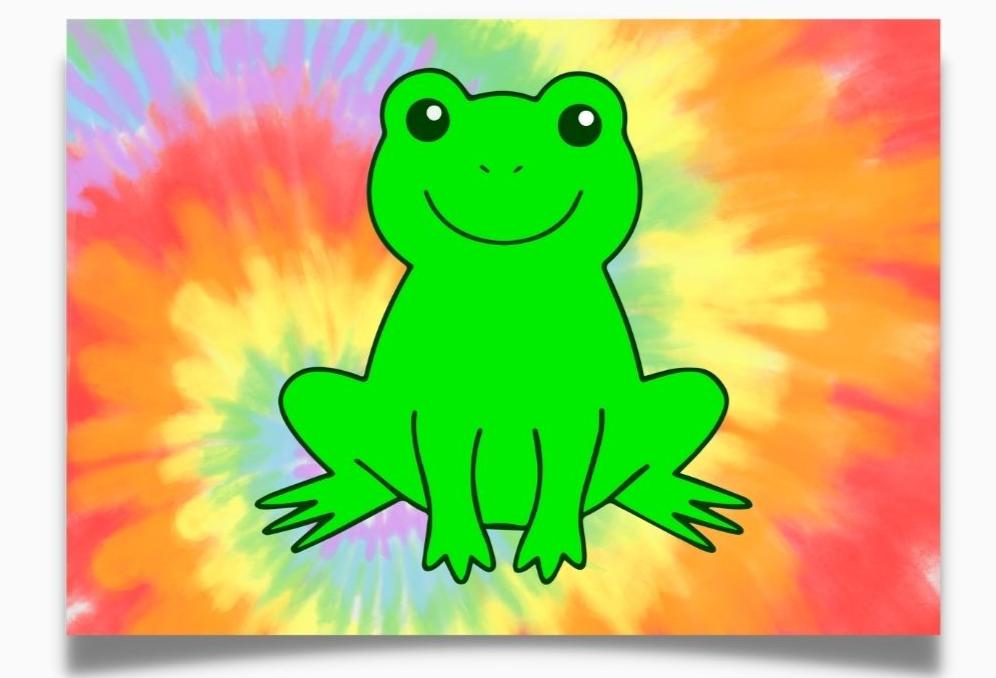
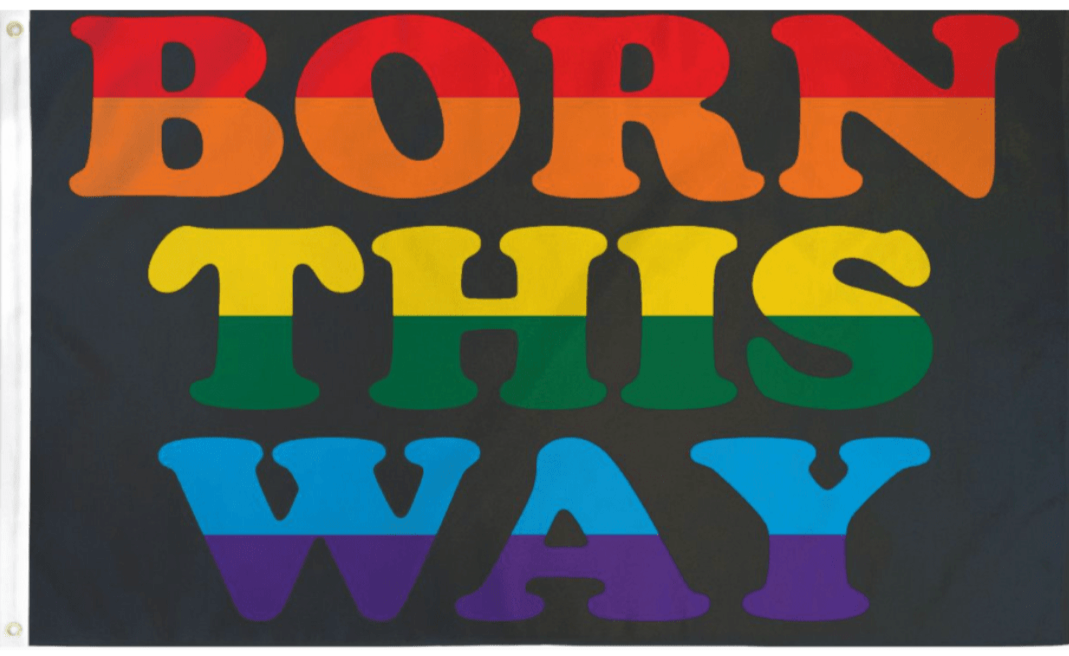
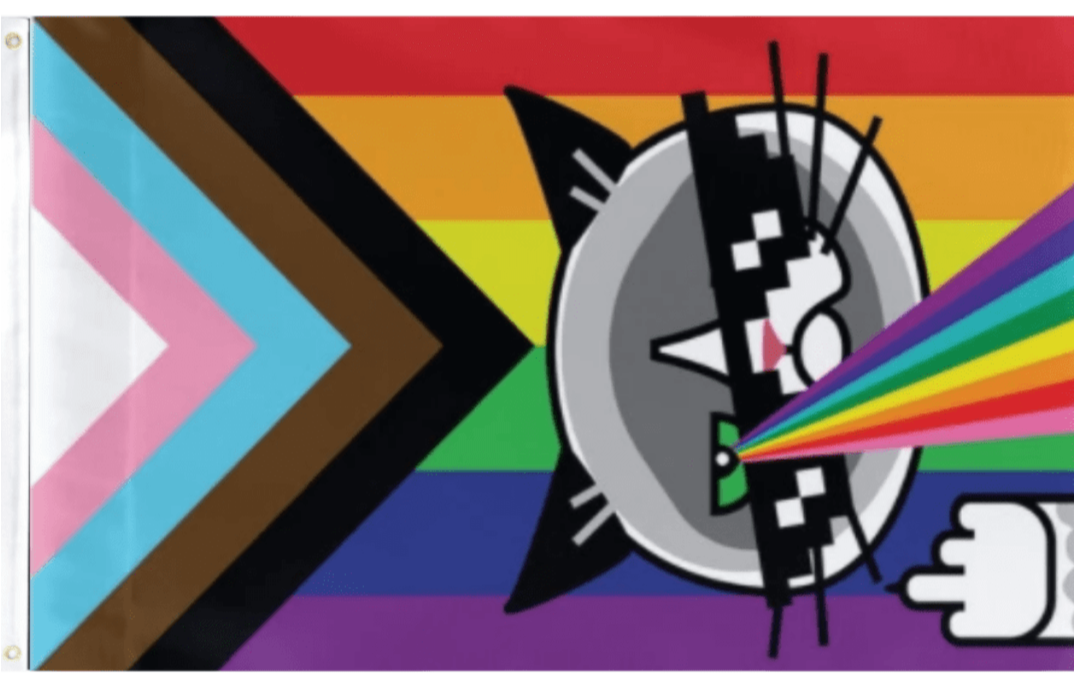
Comments
Article writing is also a fun, if you know afterward you can write if not it
is difficult to write. save refuges
I have been browsing online more than three
hours today, yet I never found any interesting article
like yours. It’s pretty worth enough for me. In my view, if all webmasters and bloggers made good content as you did, the web will be a lot more useful than ever
before. aid ukraine